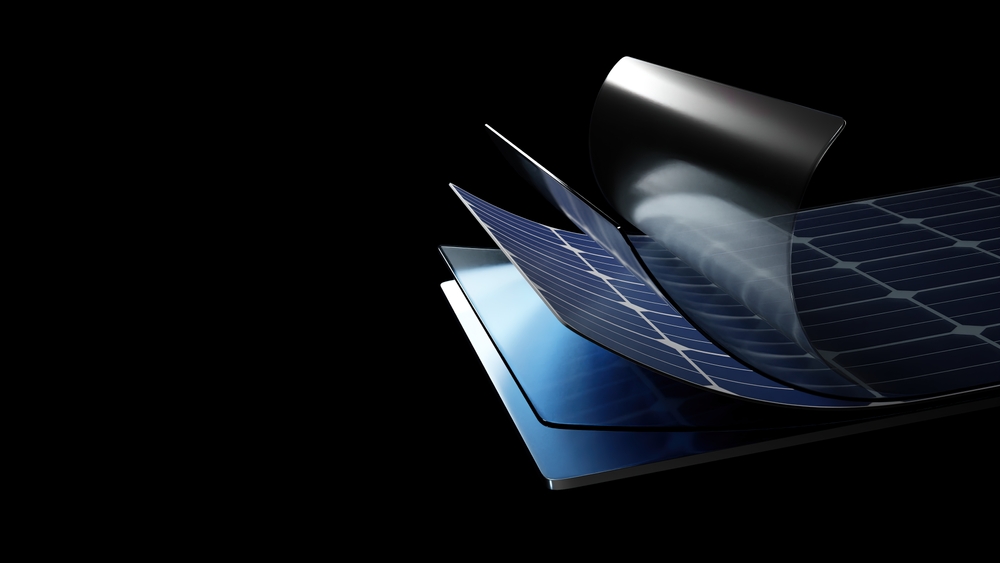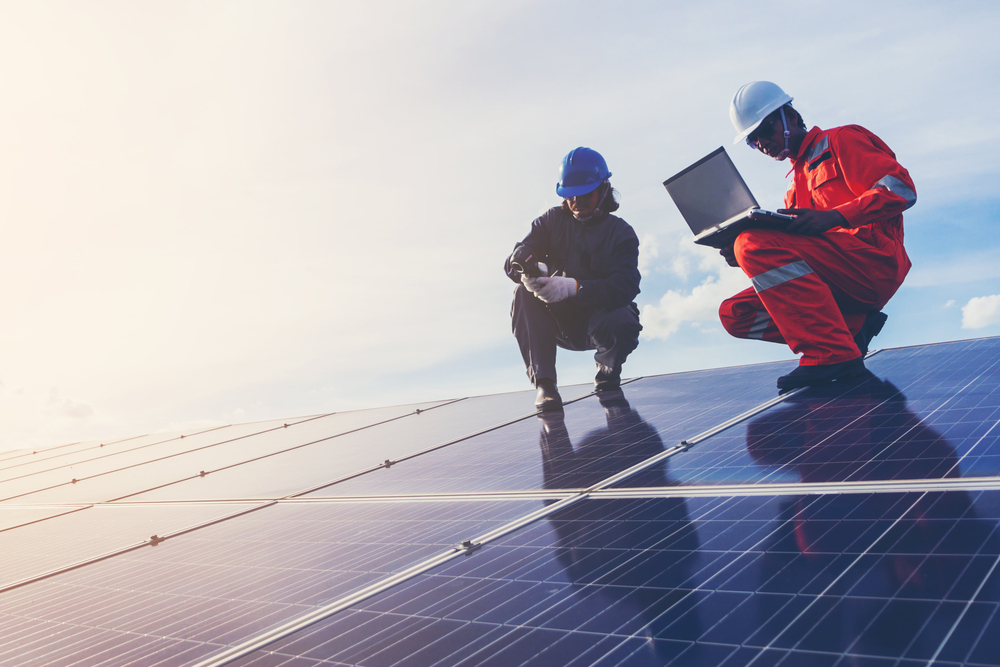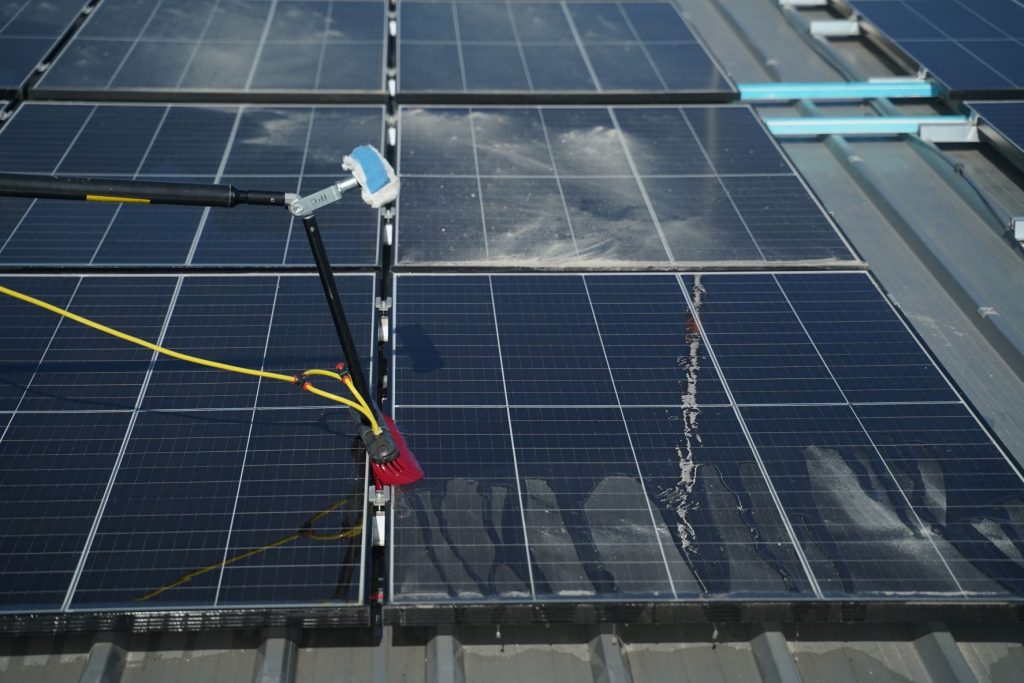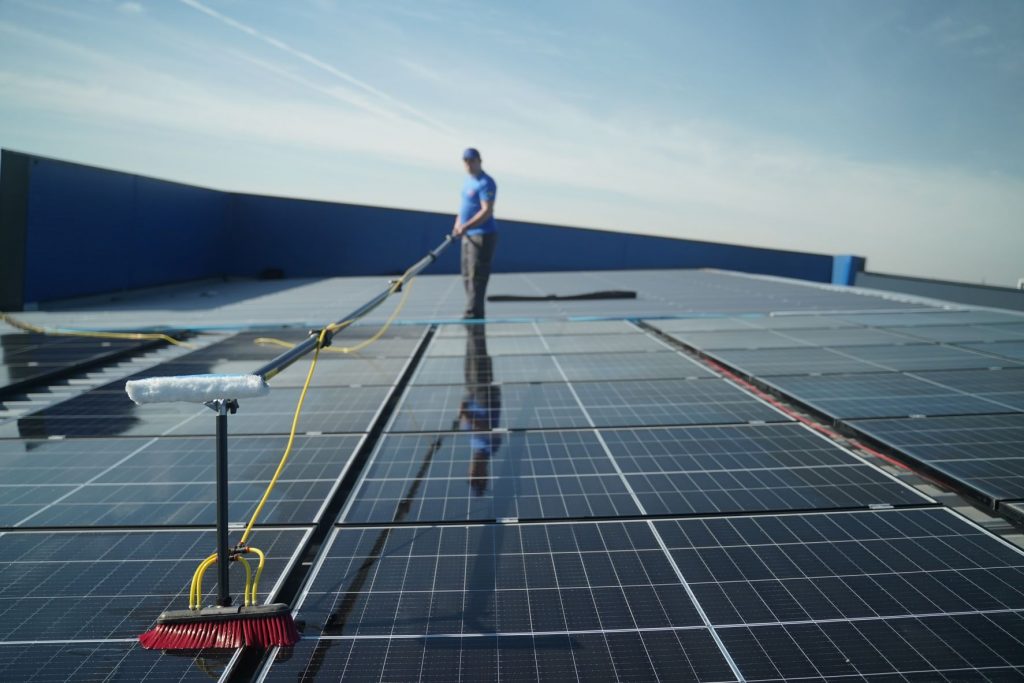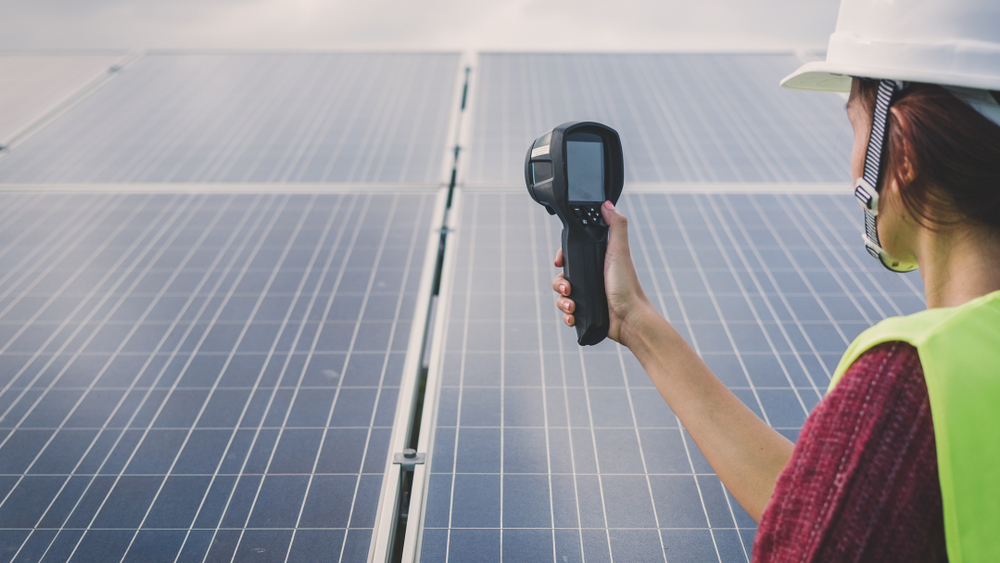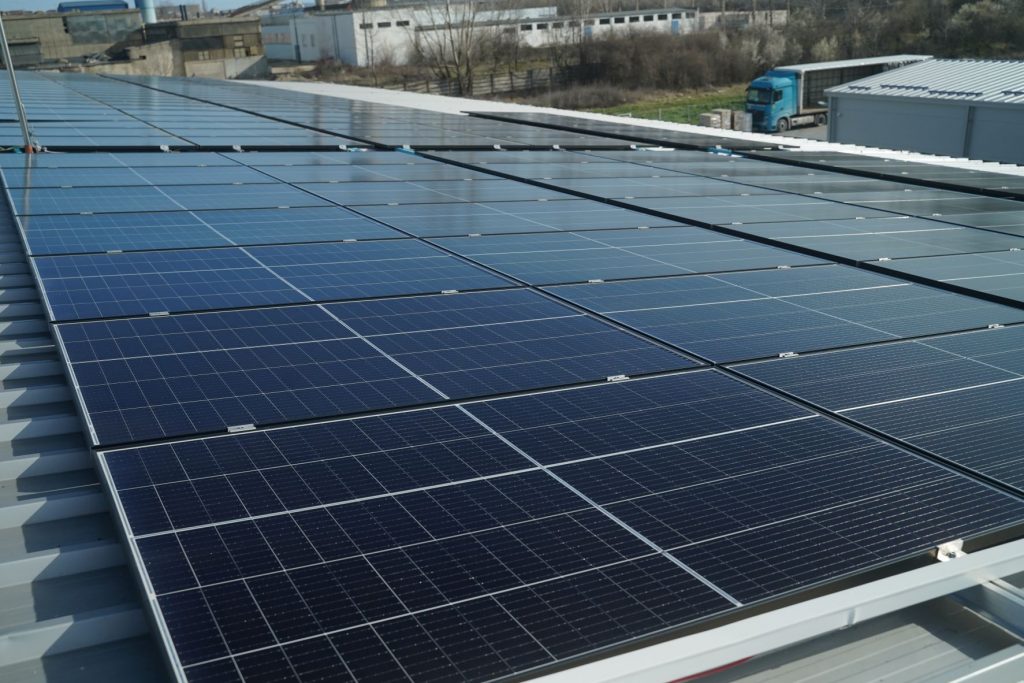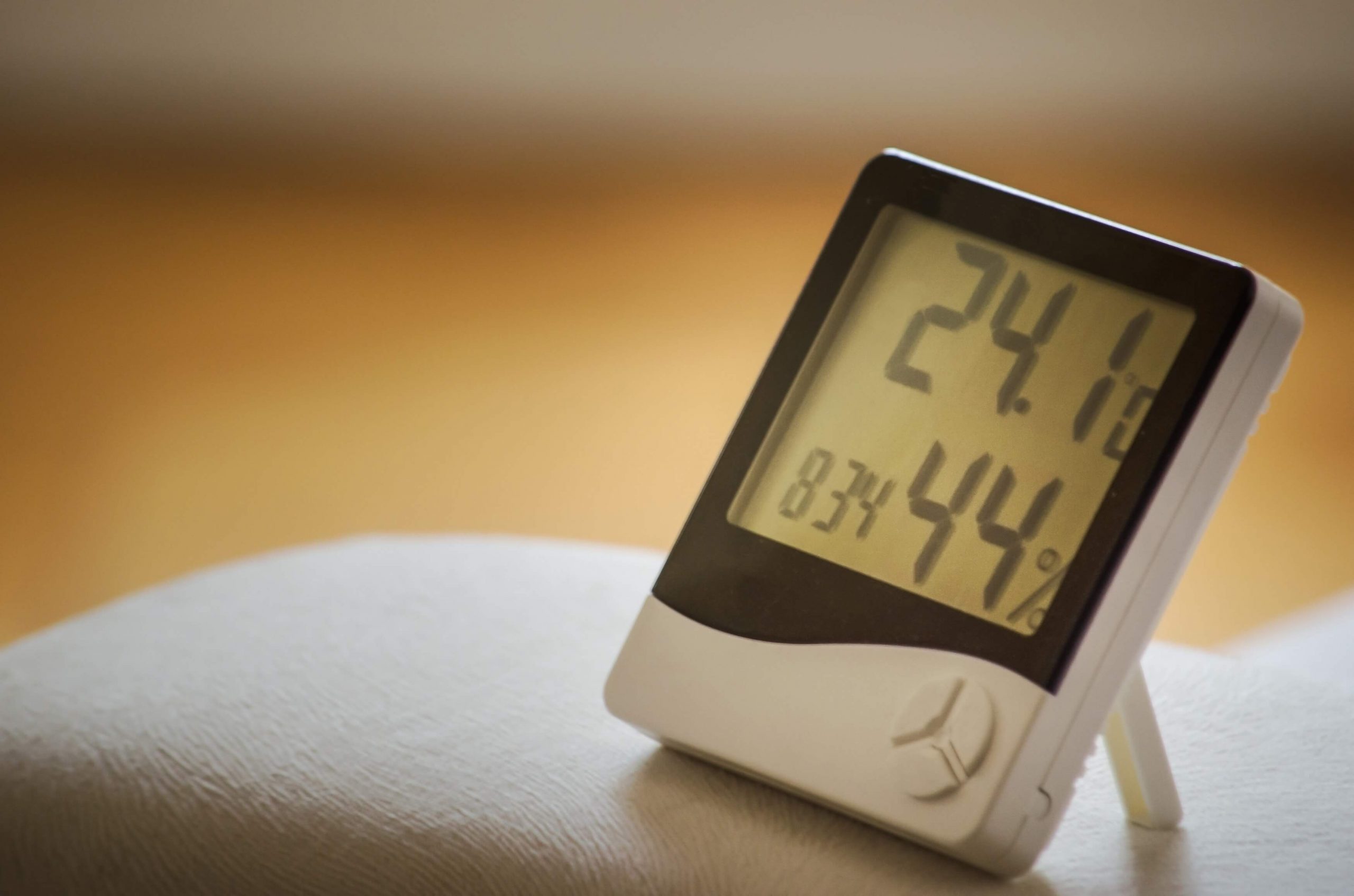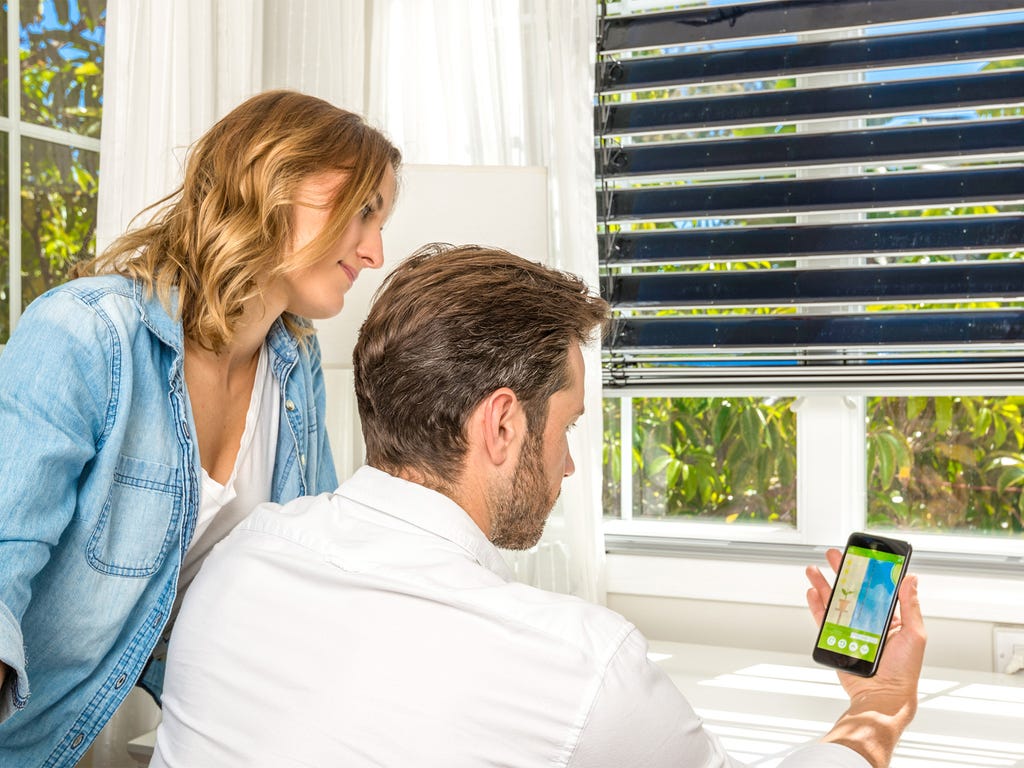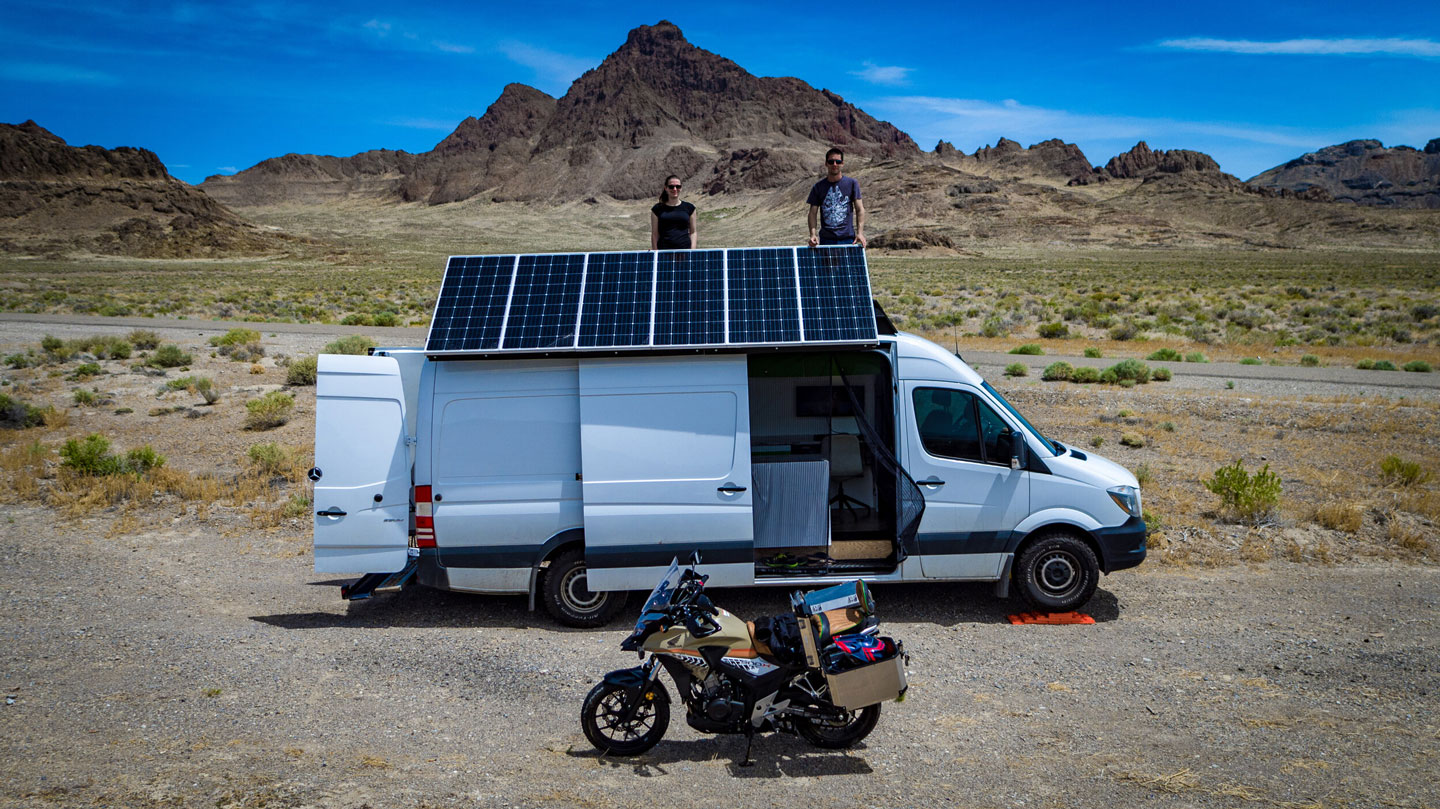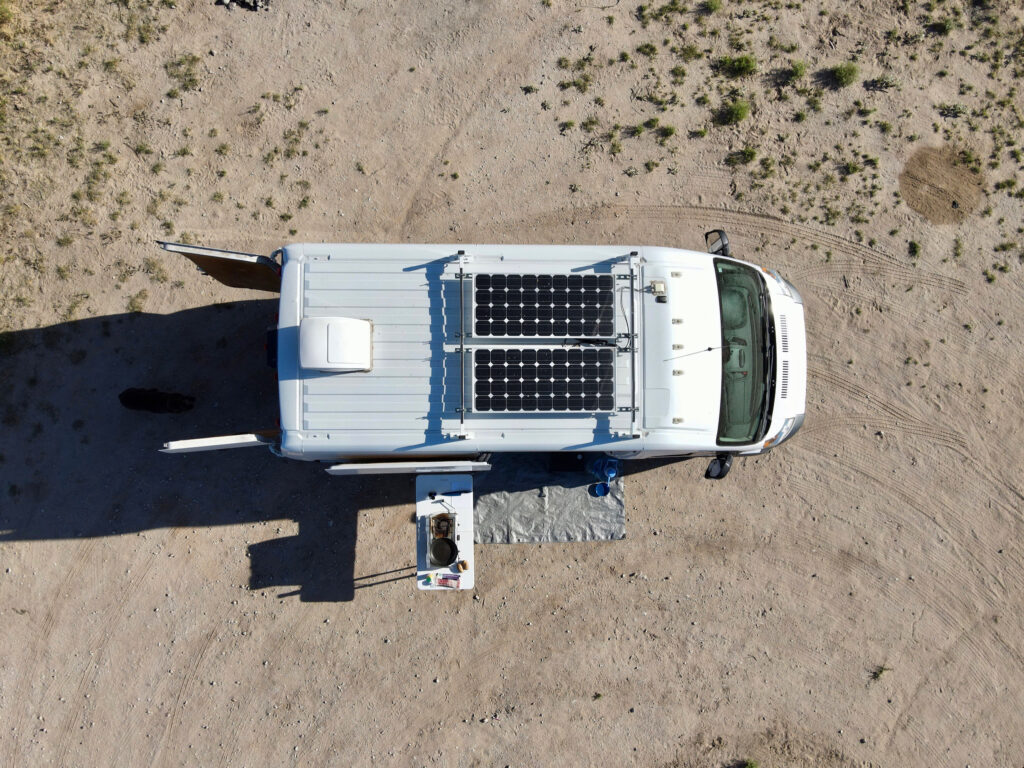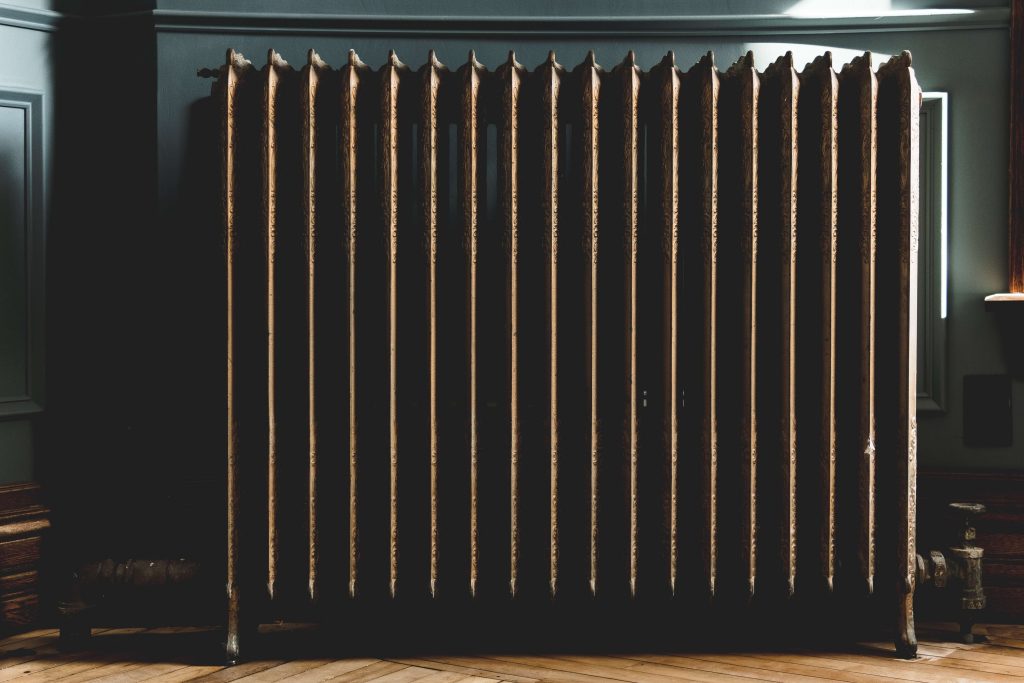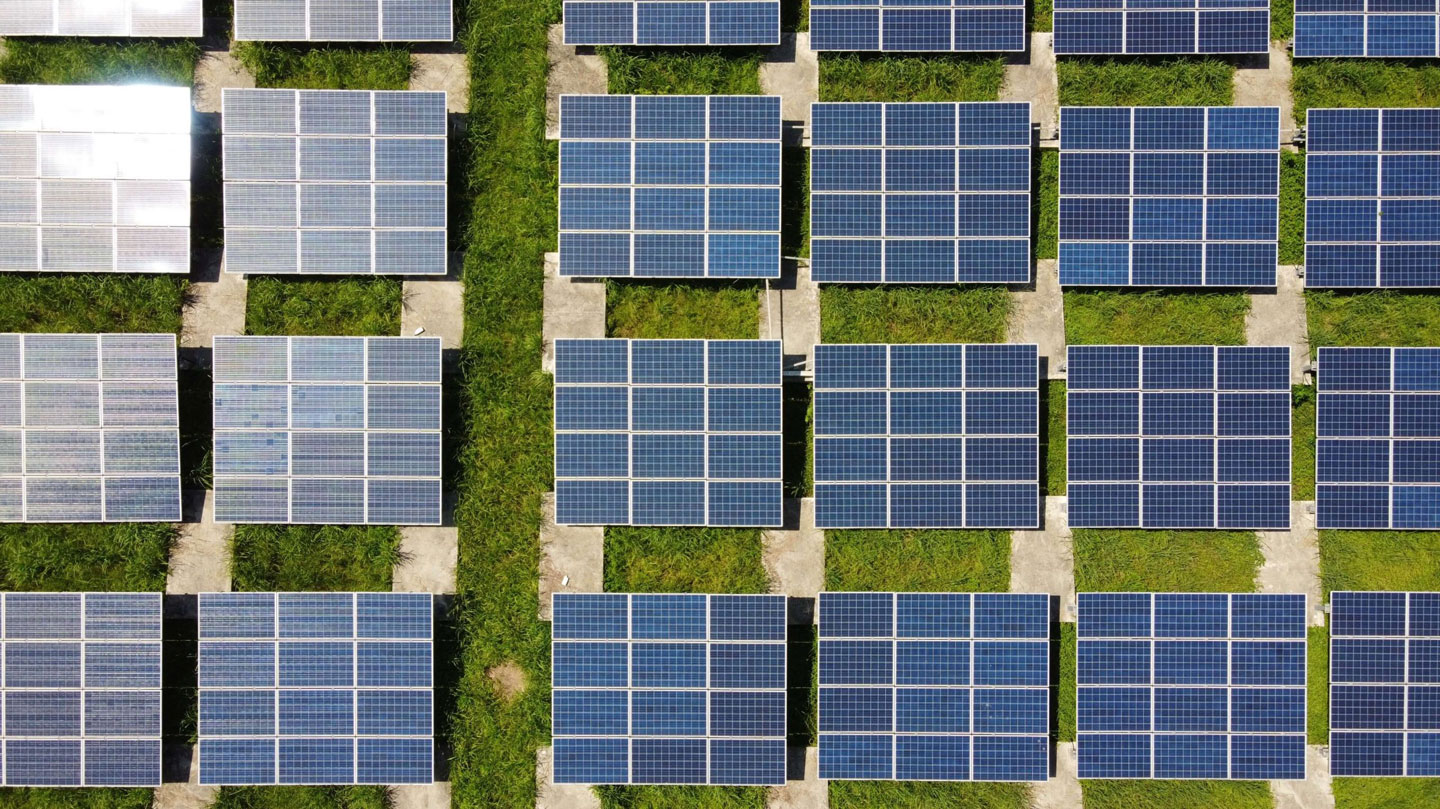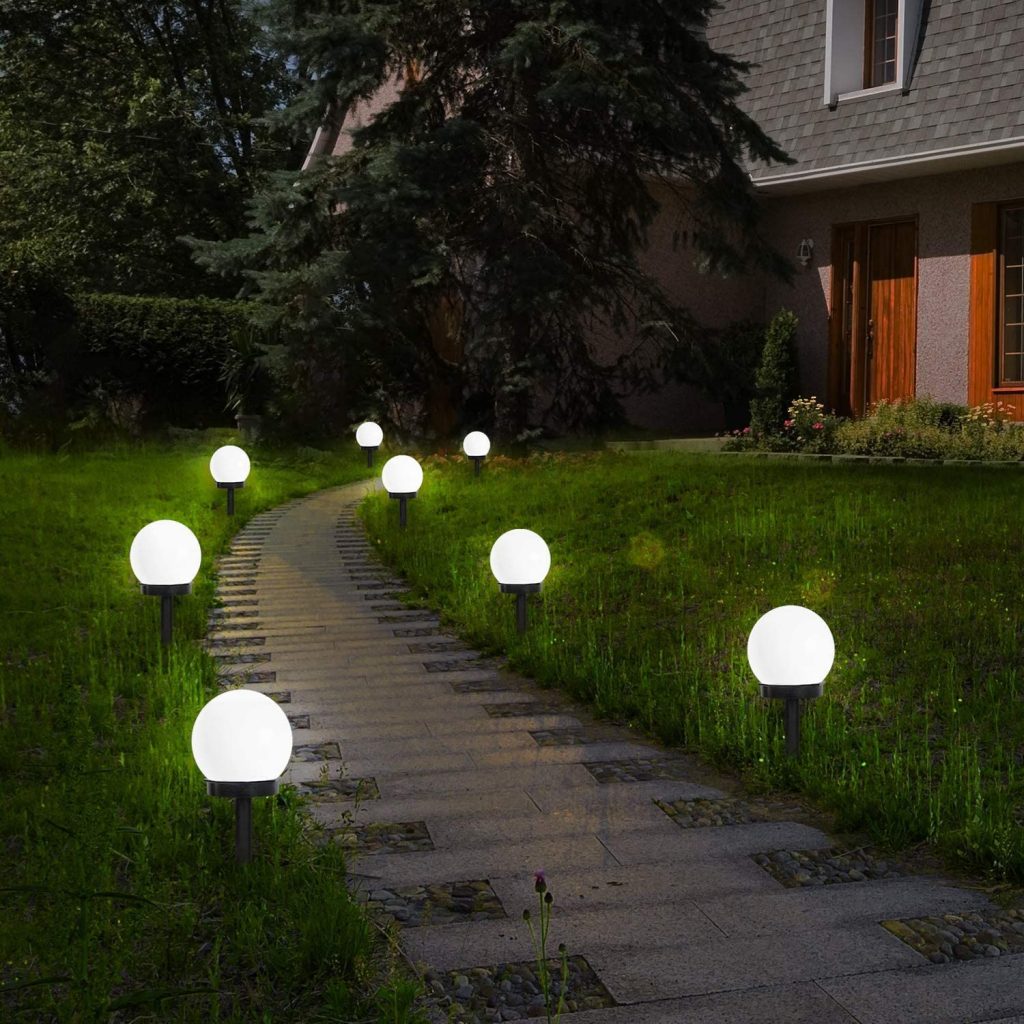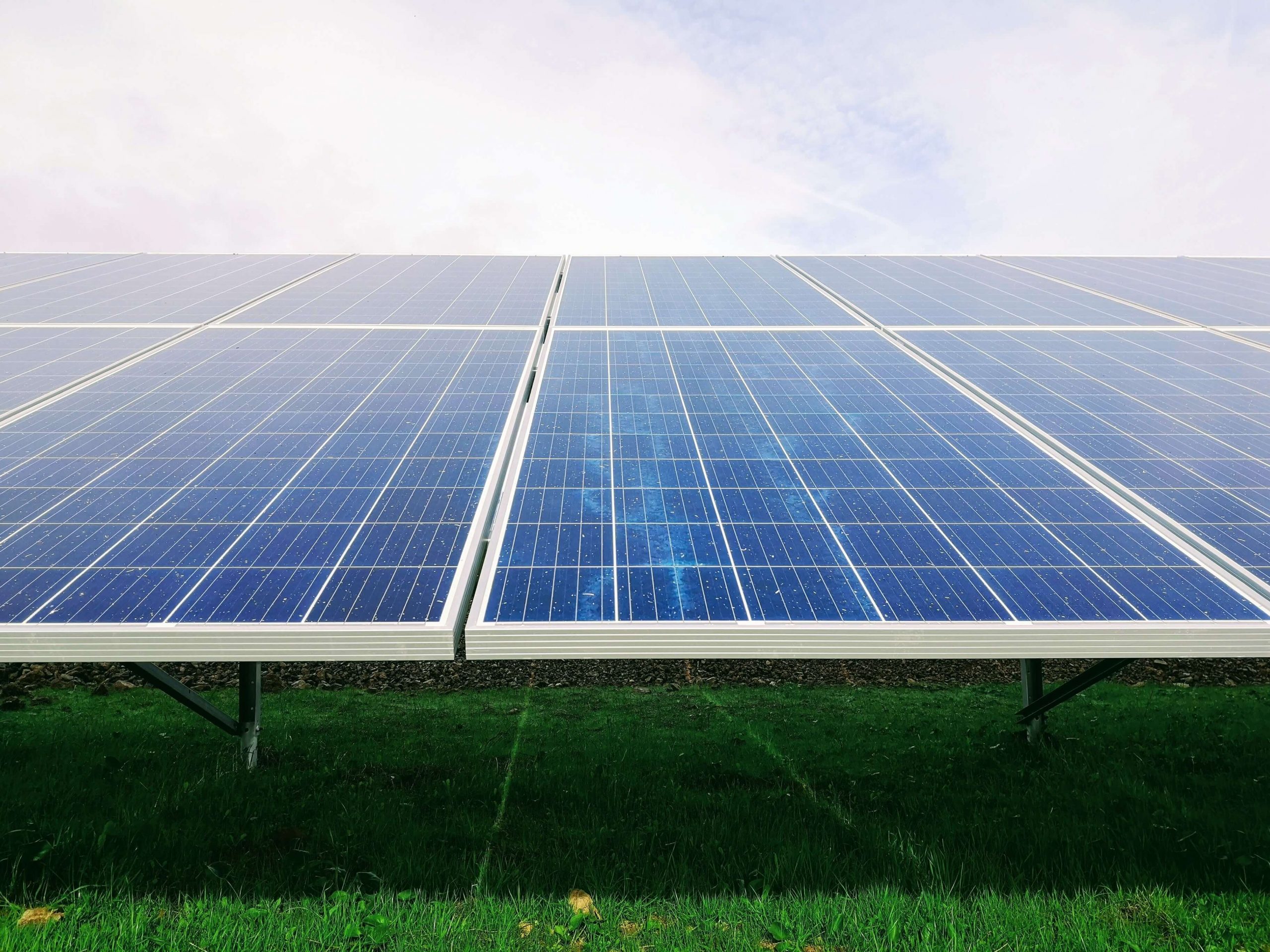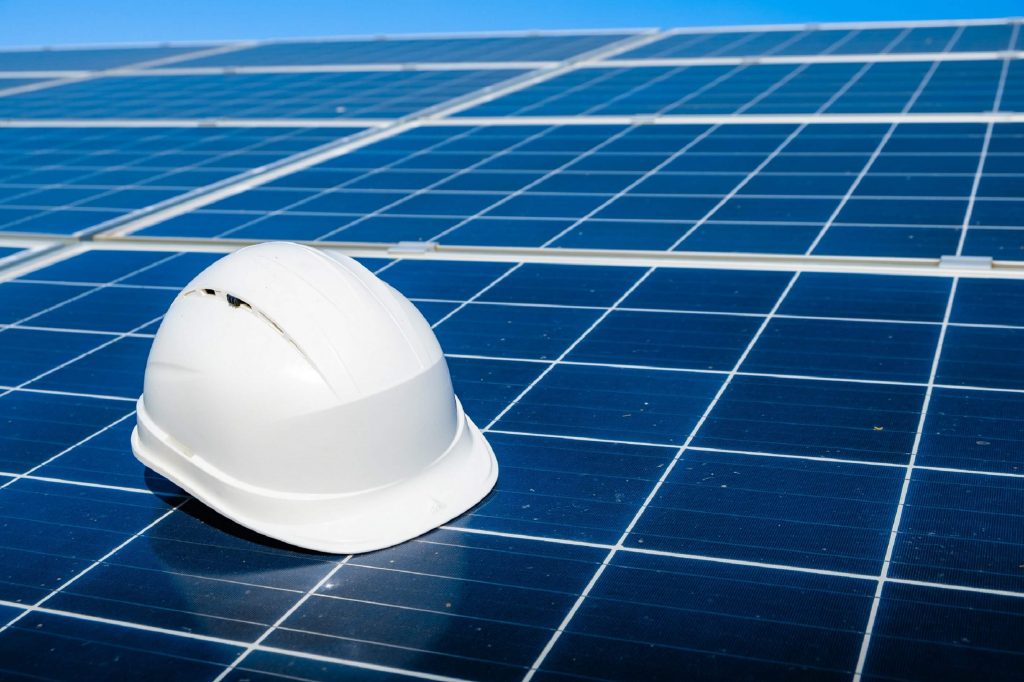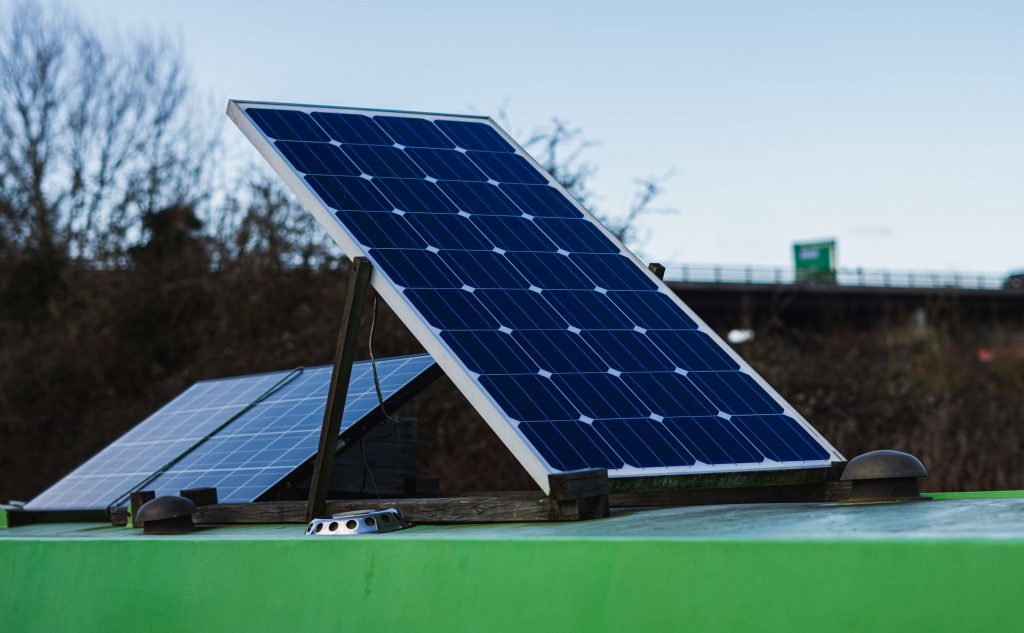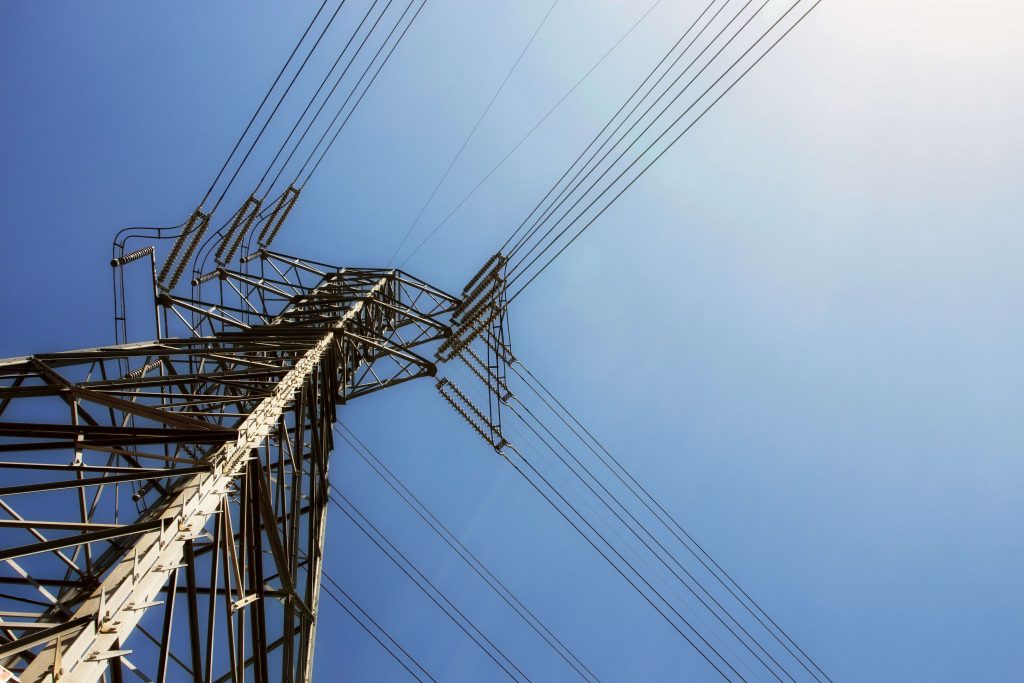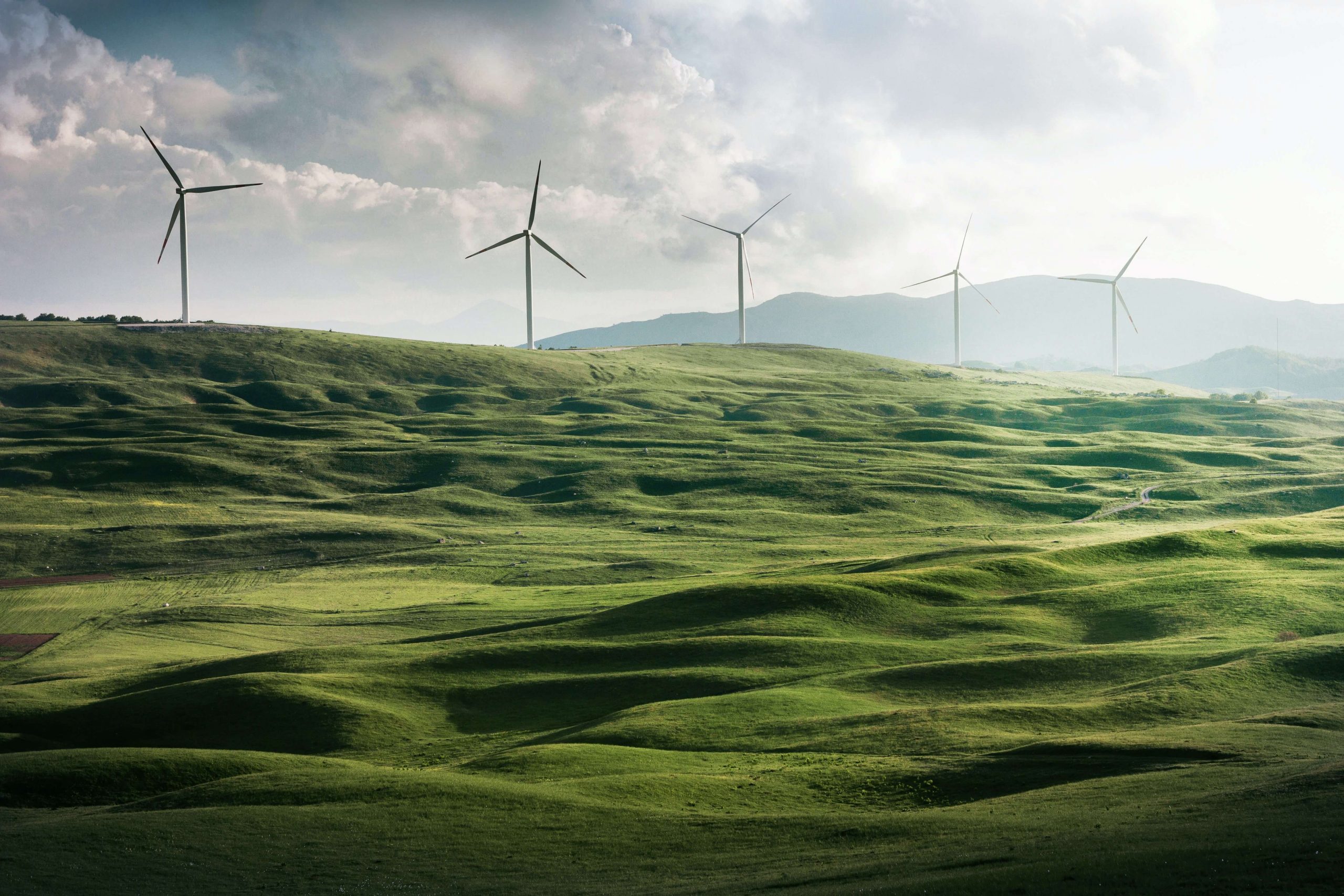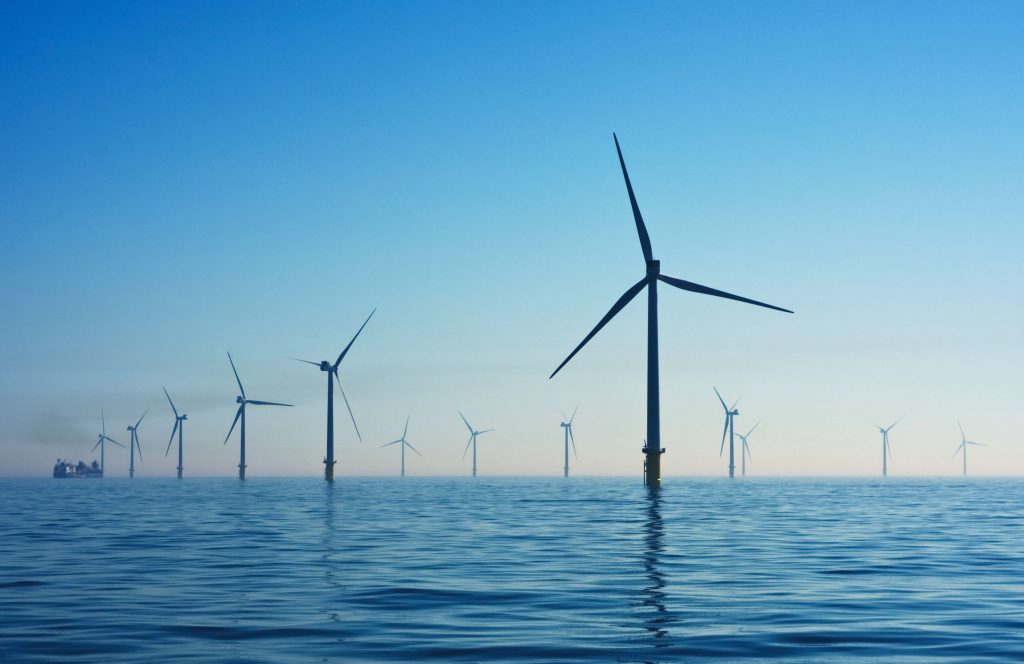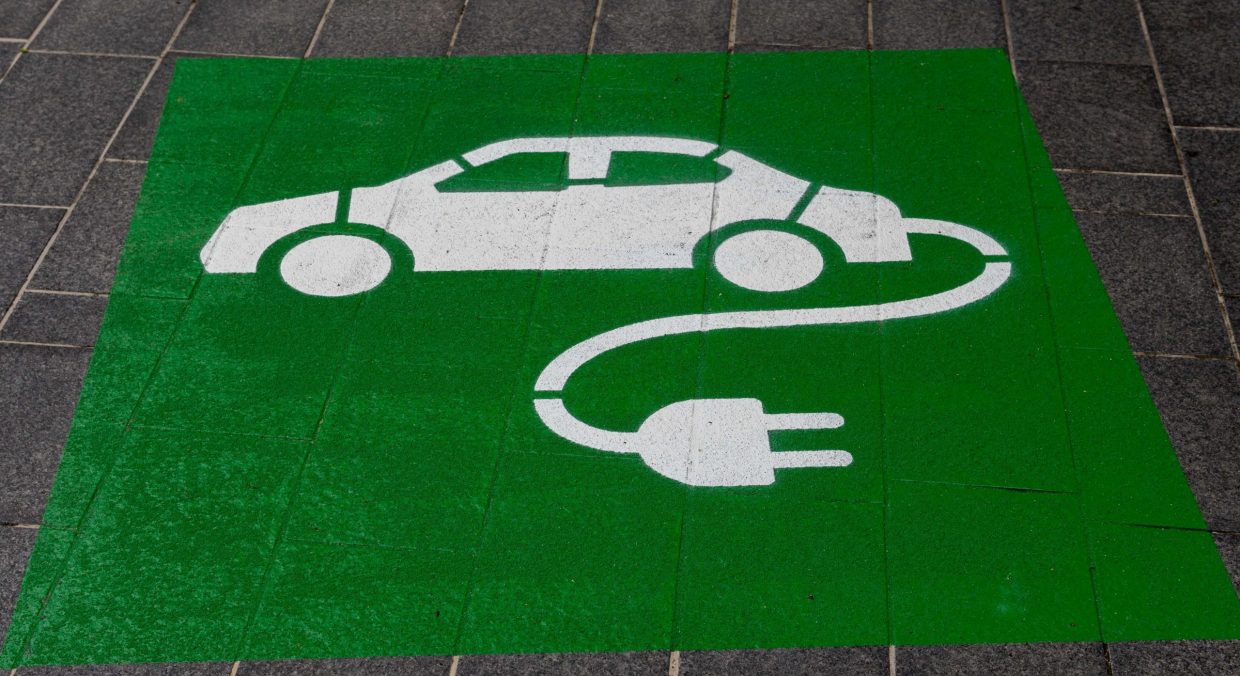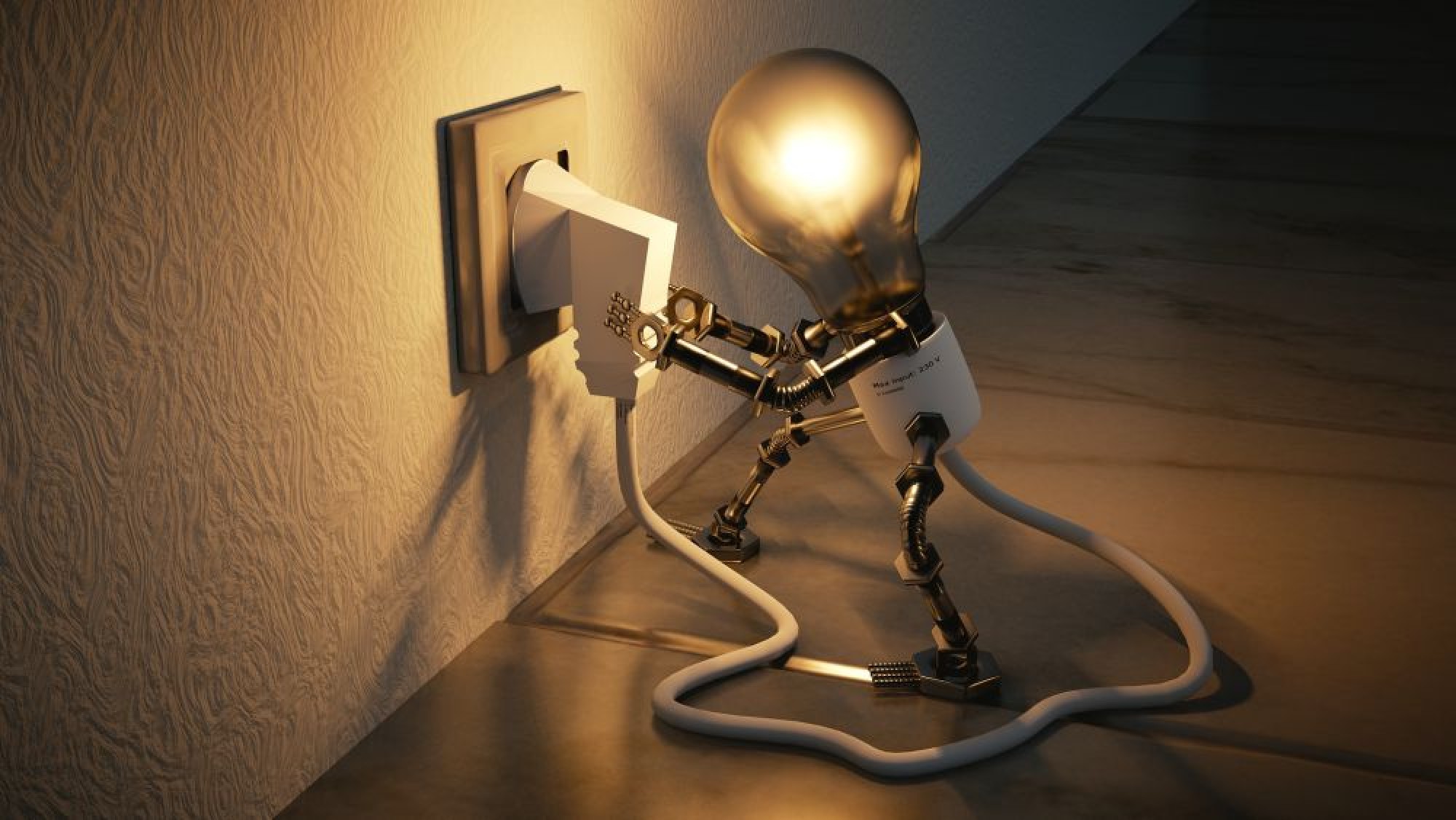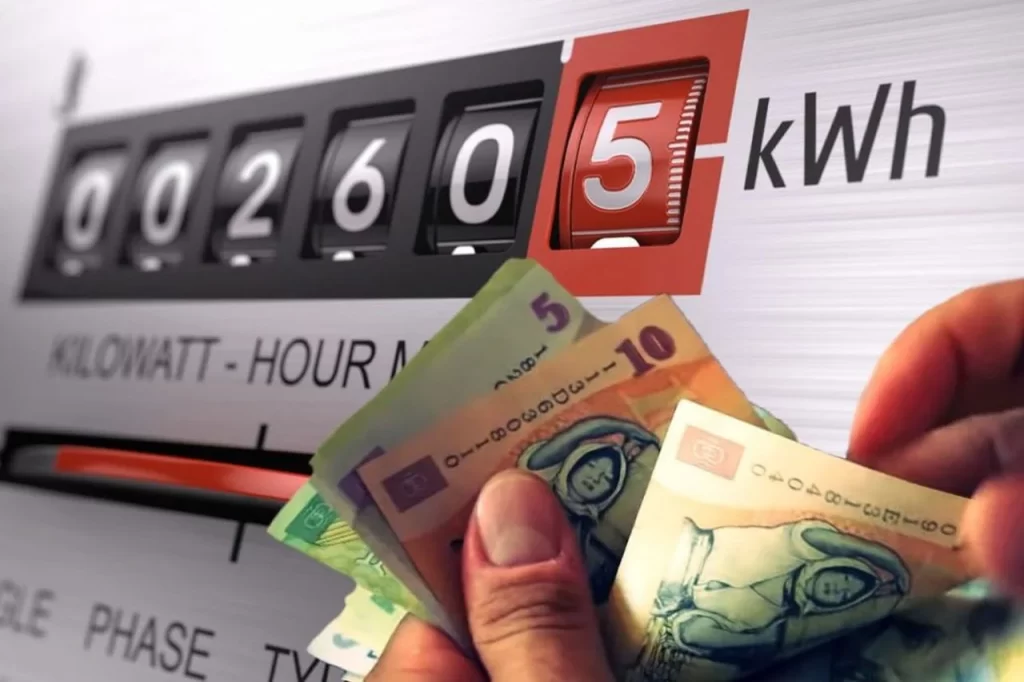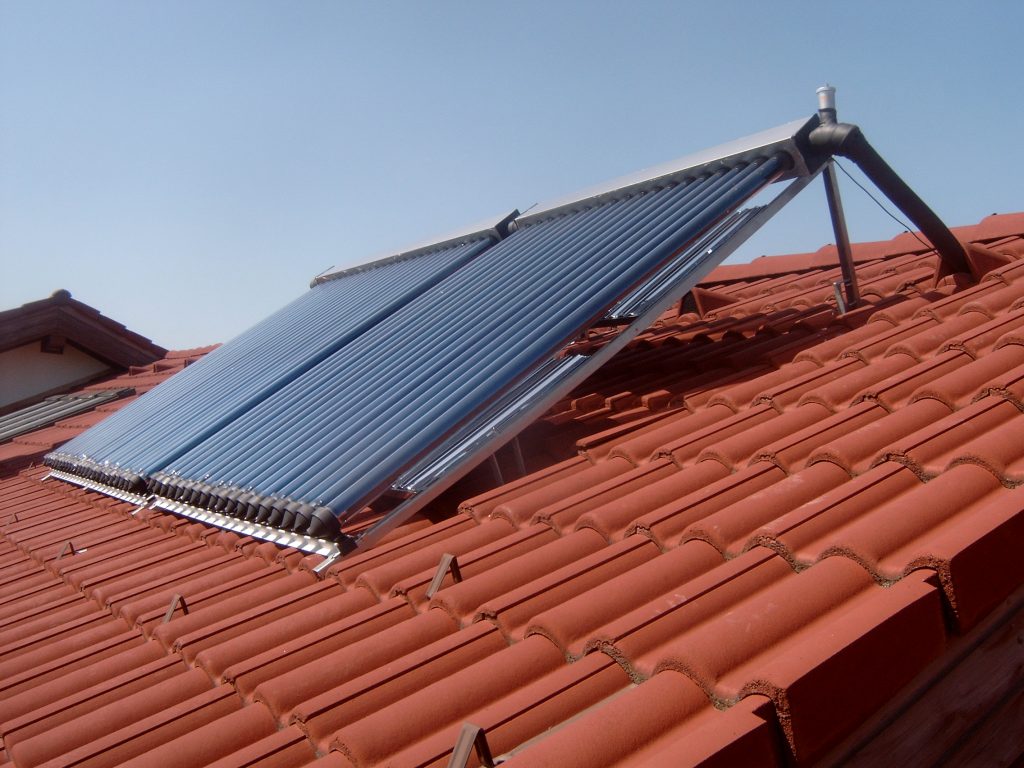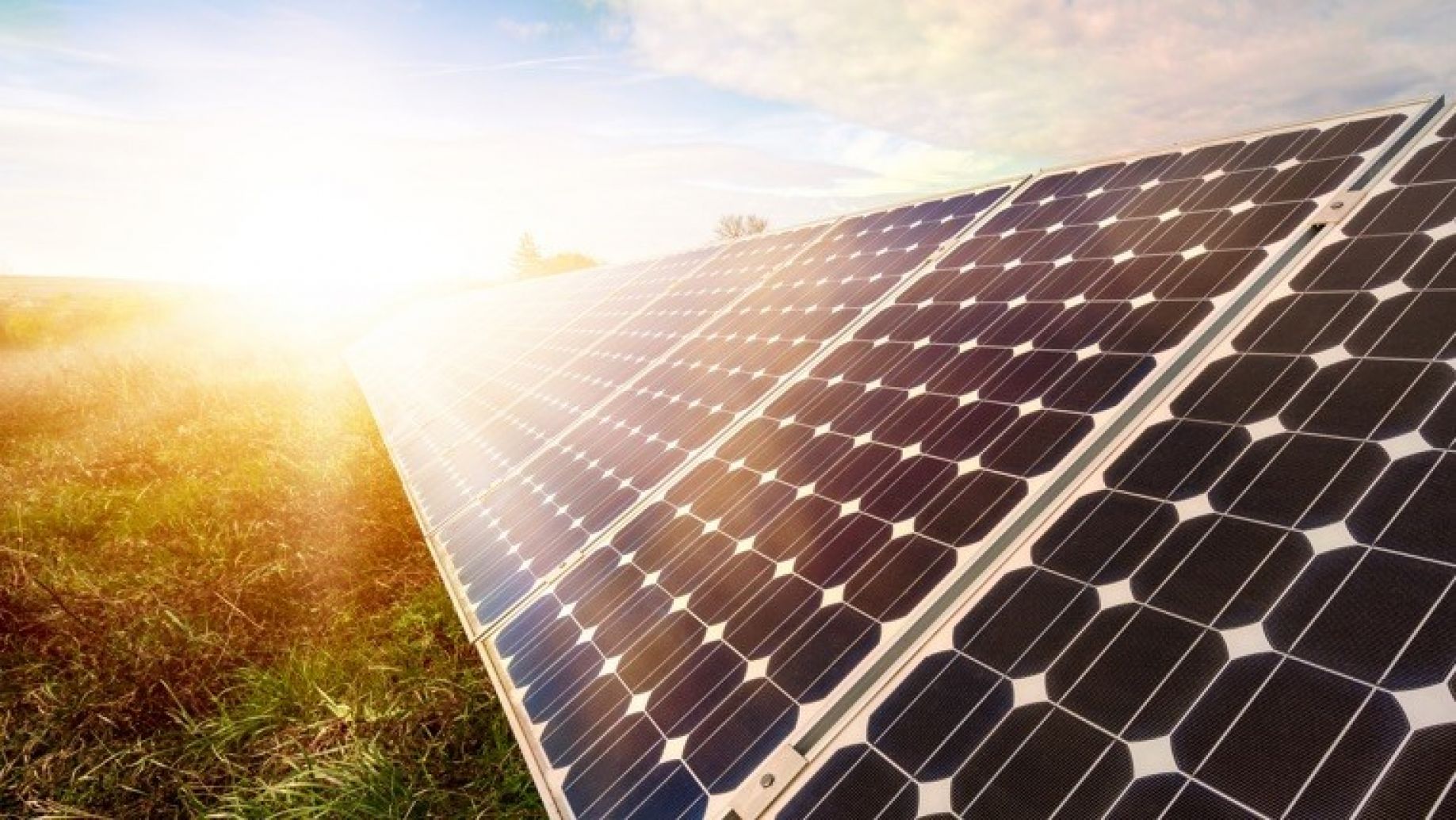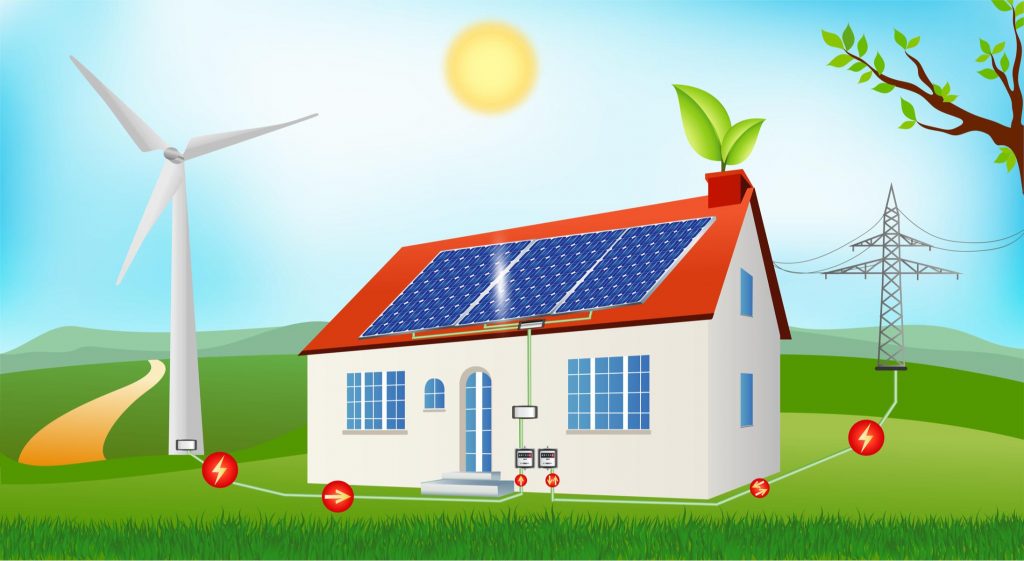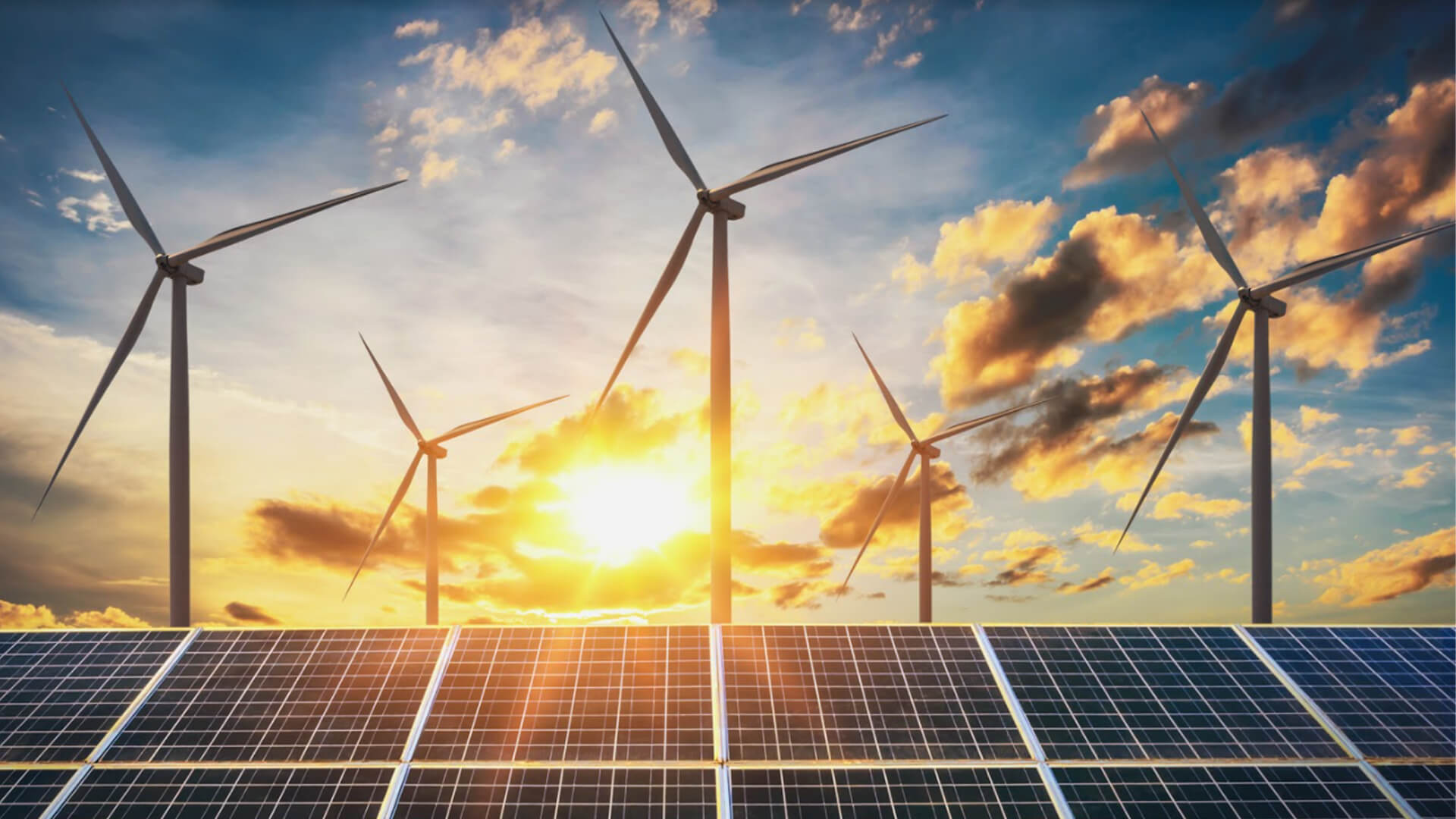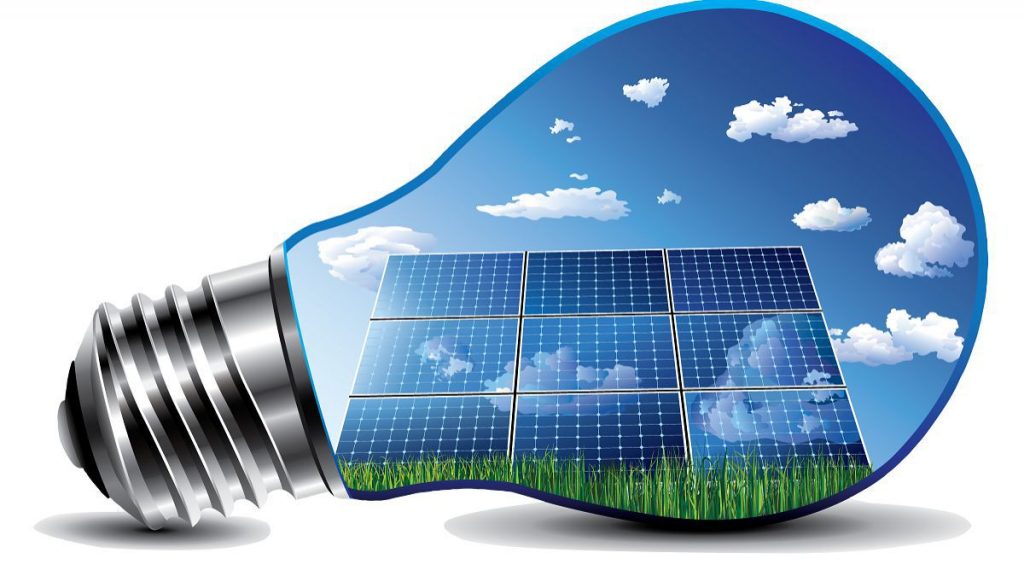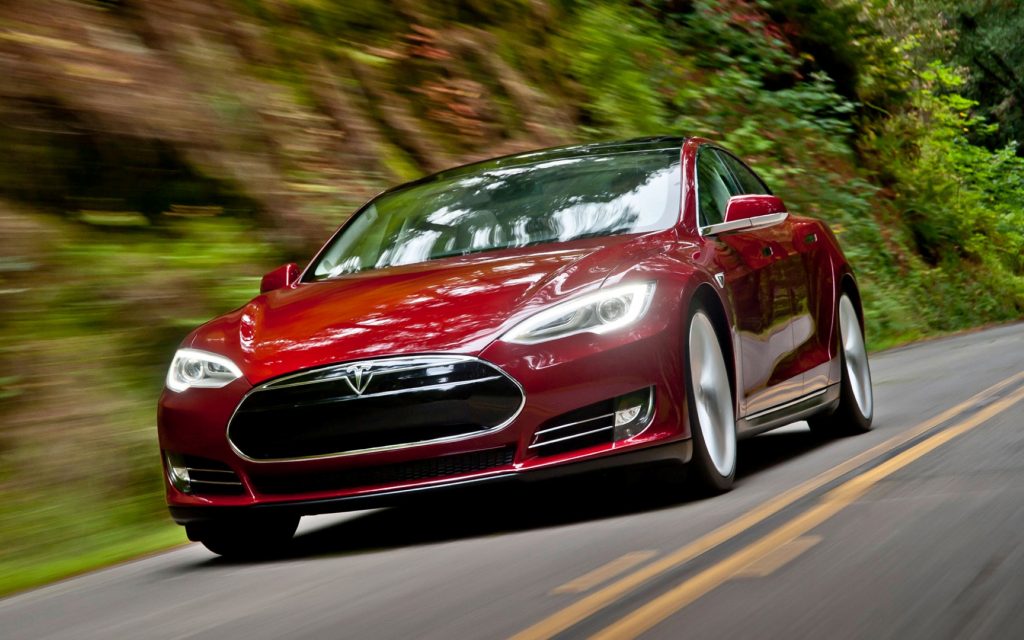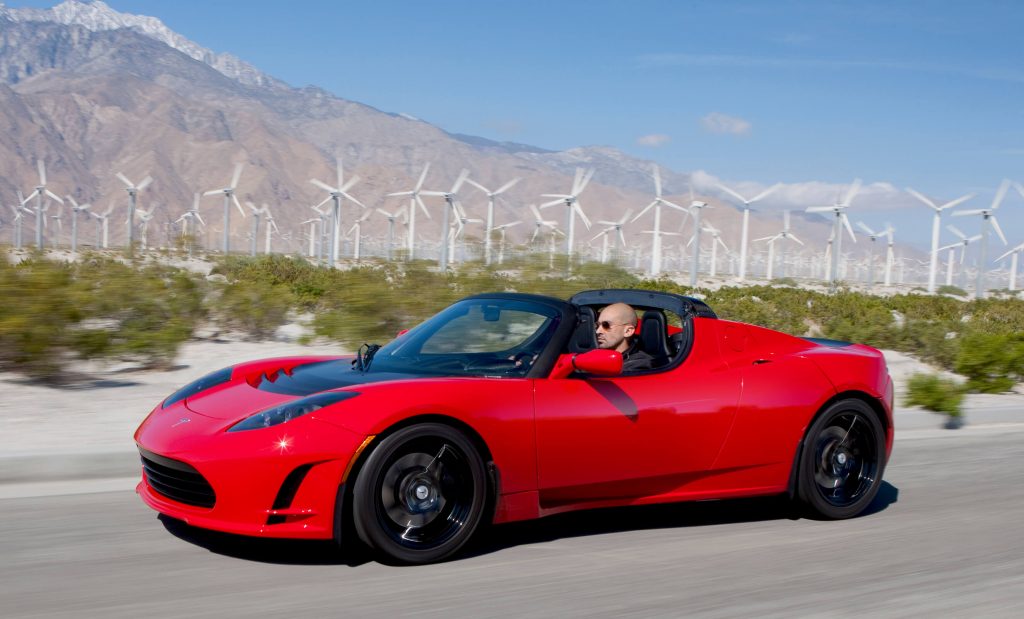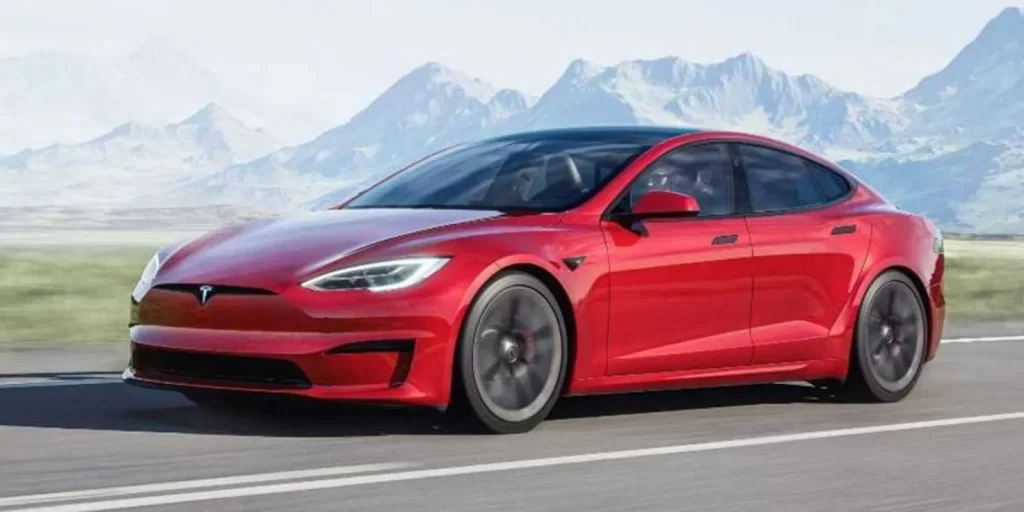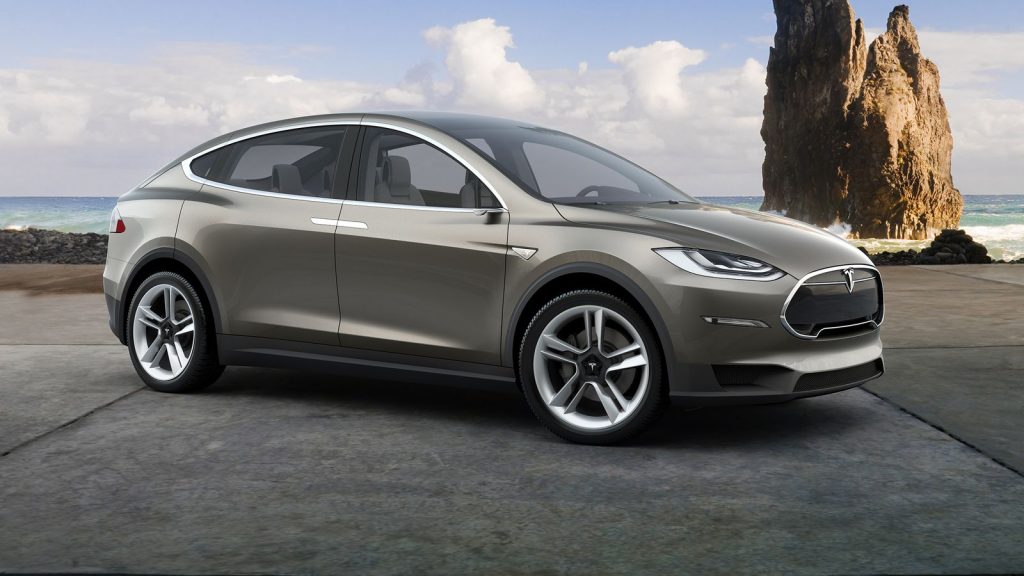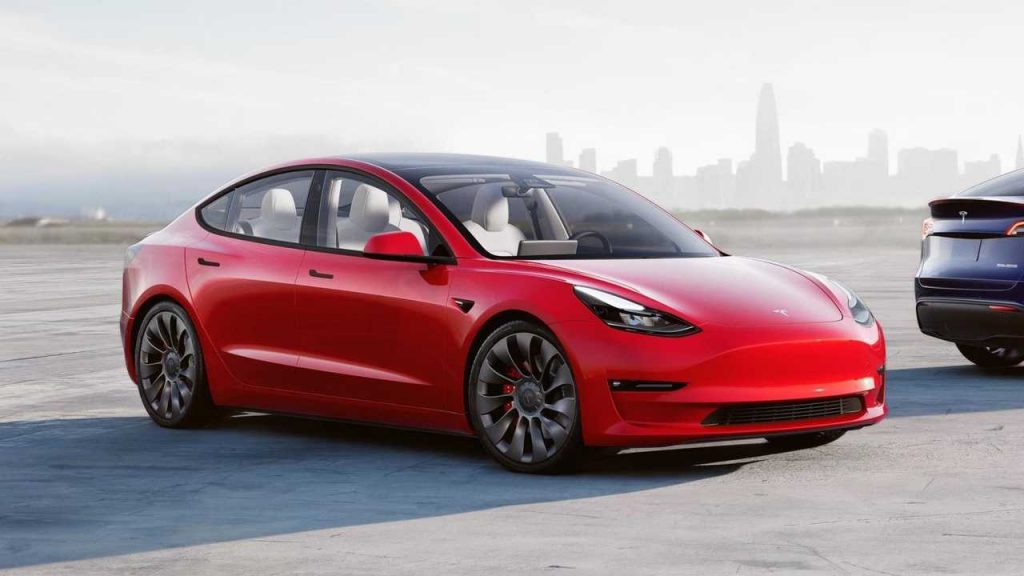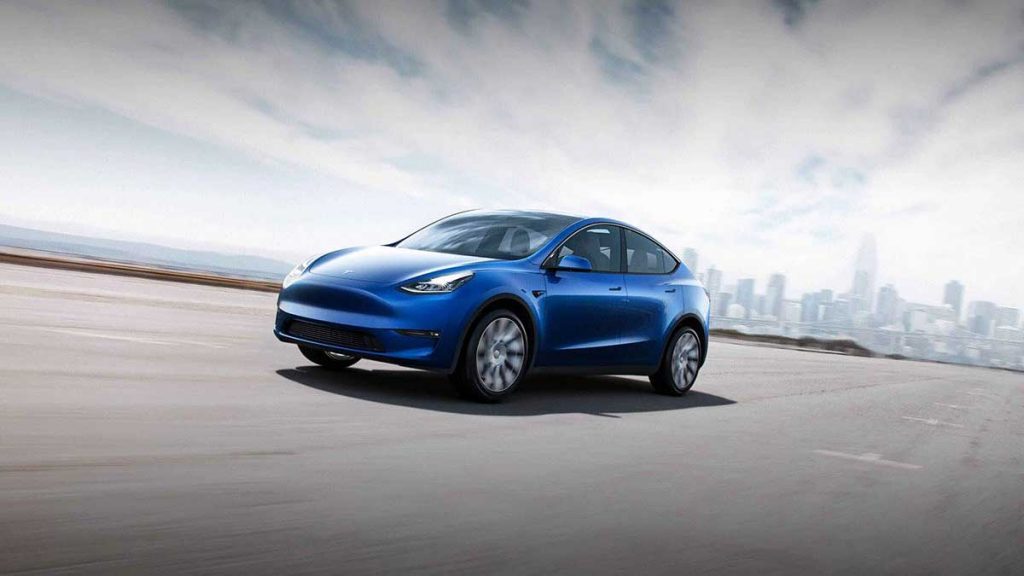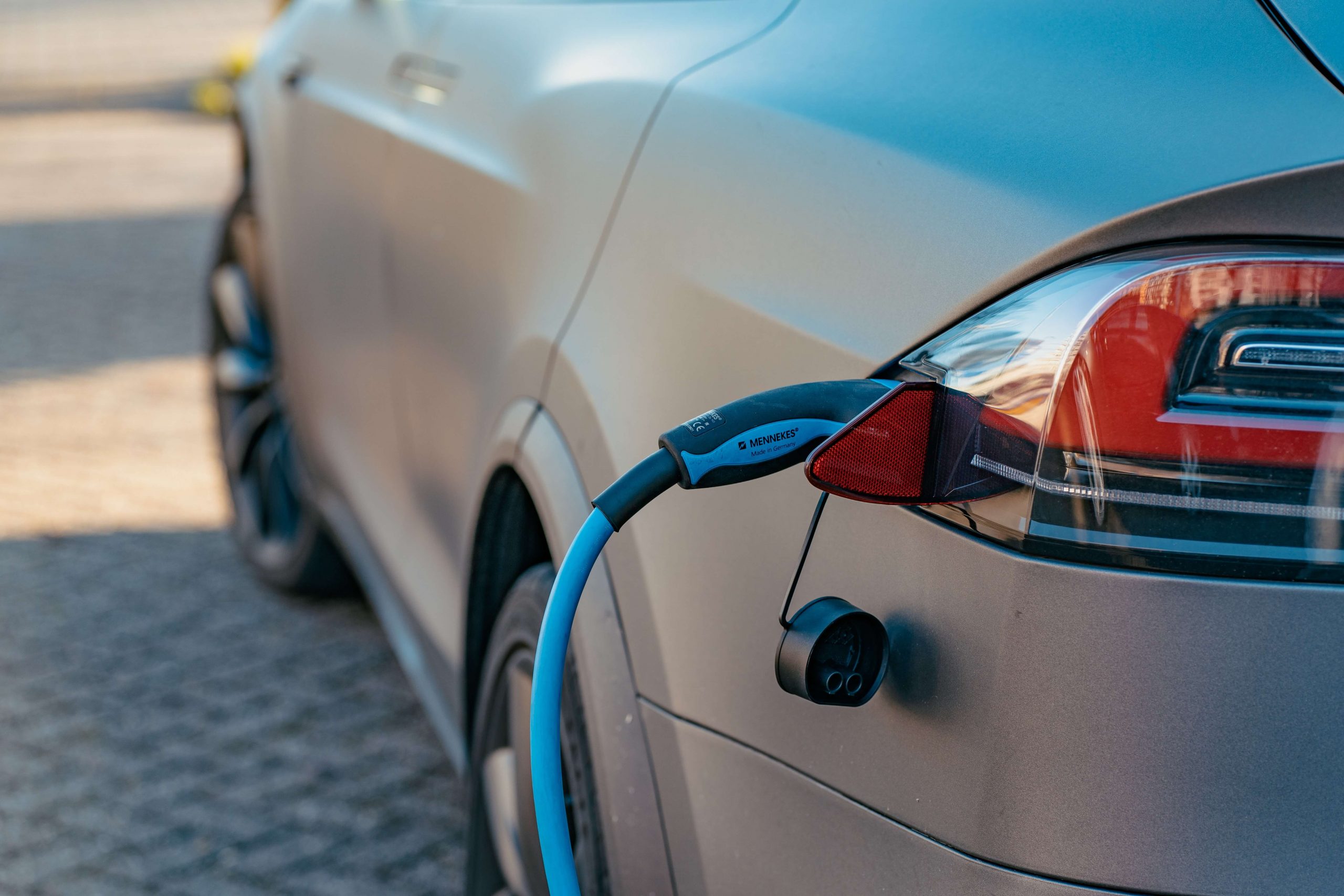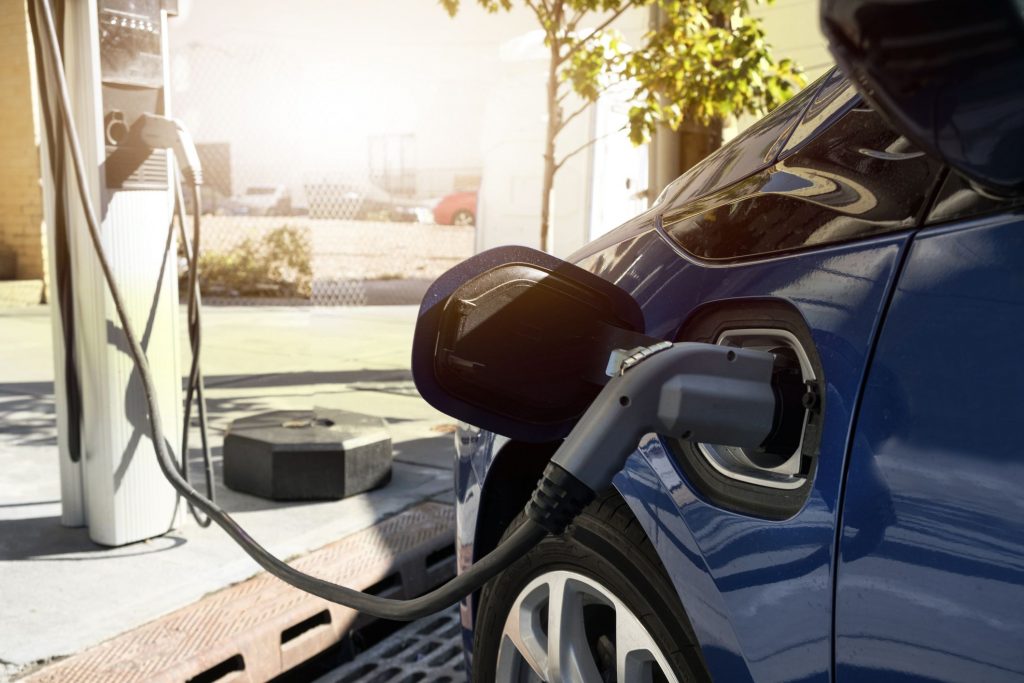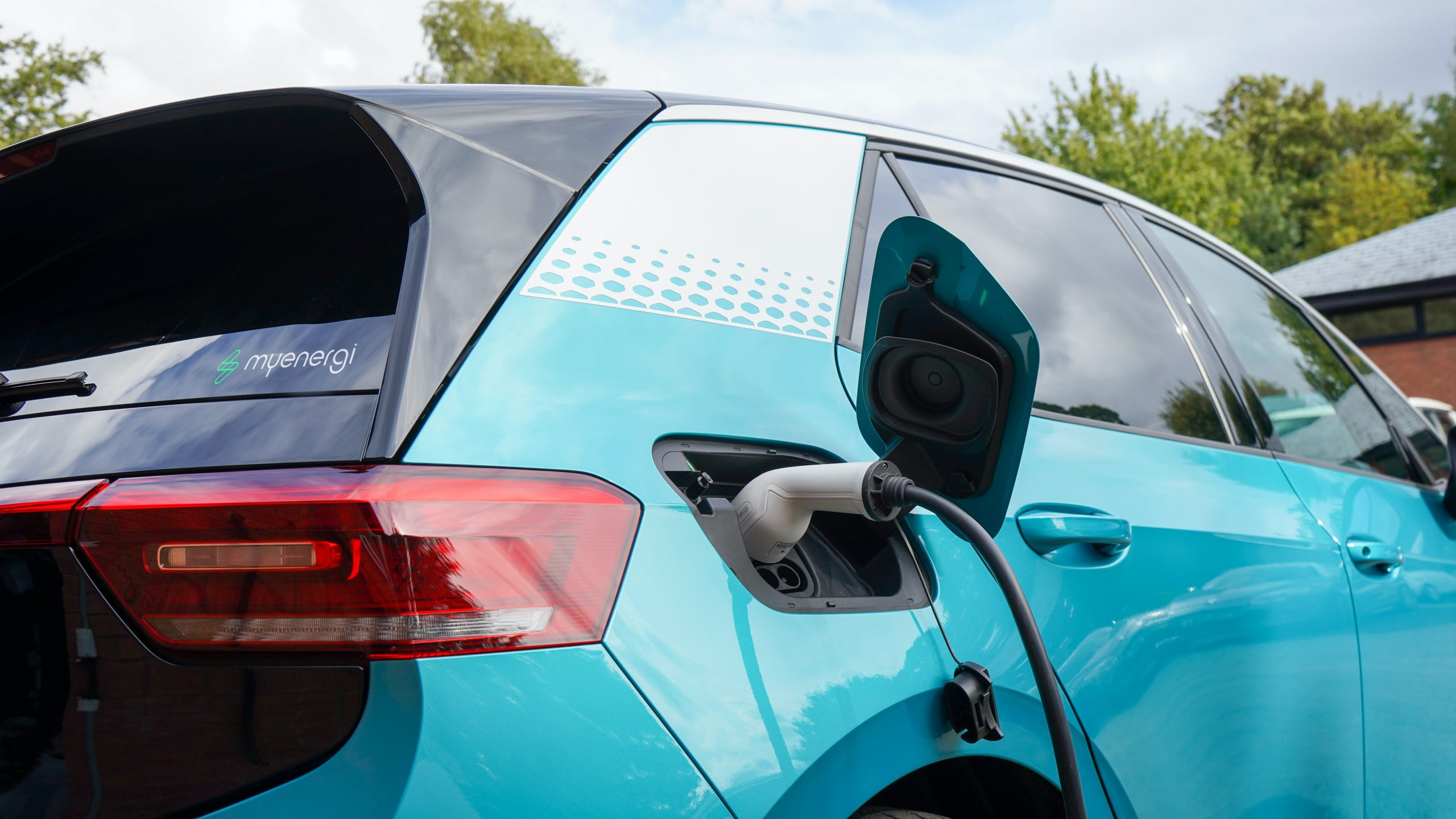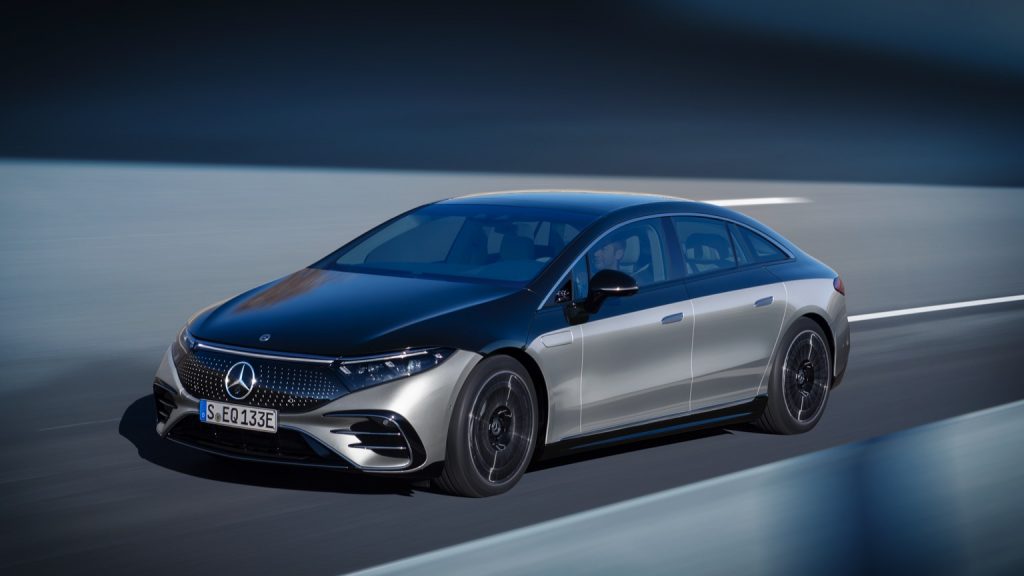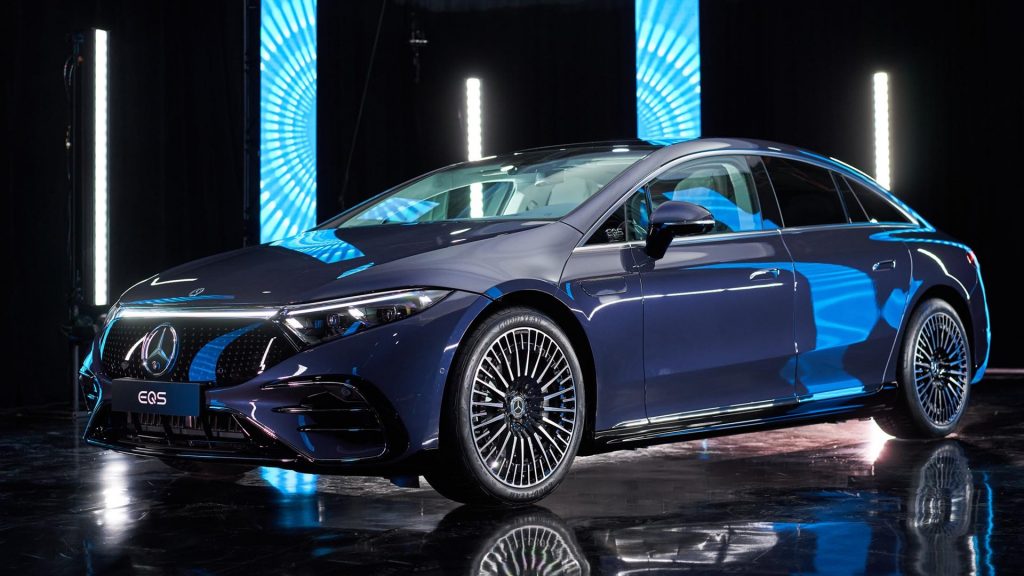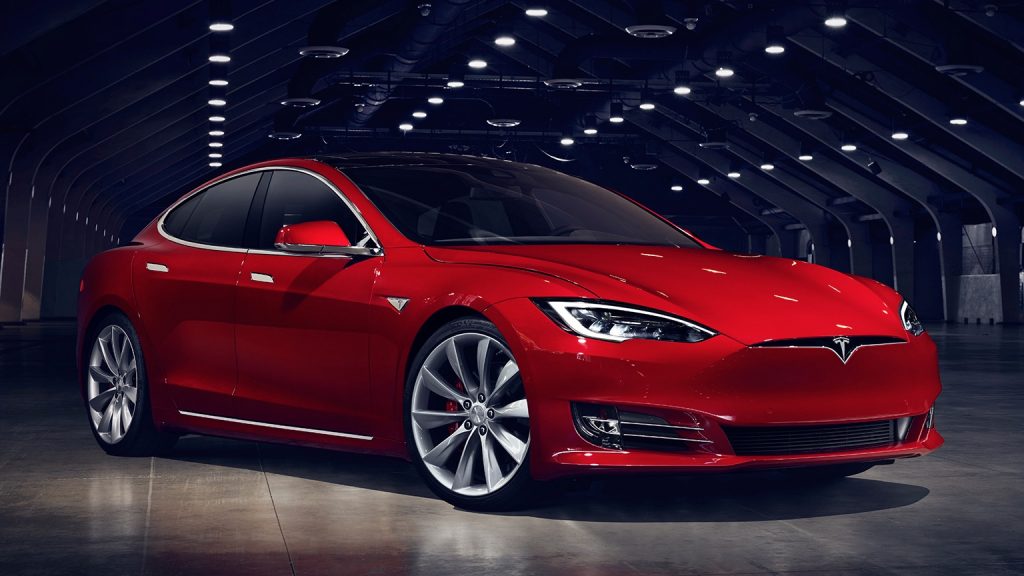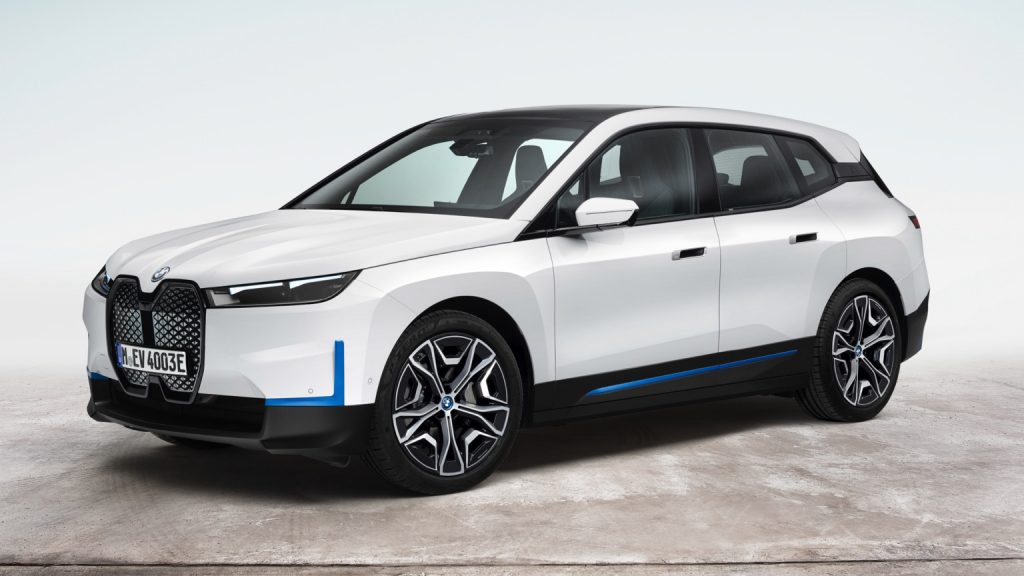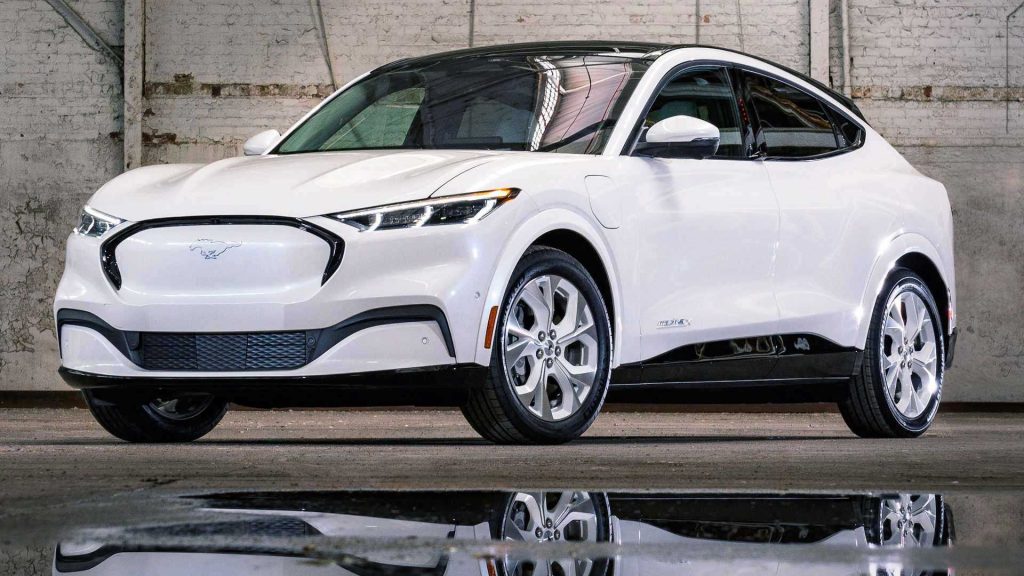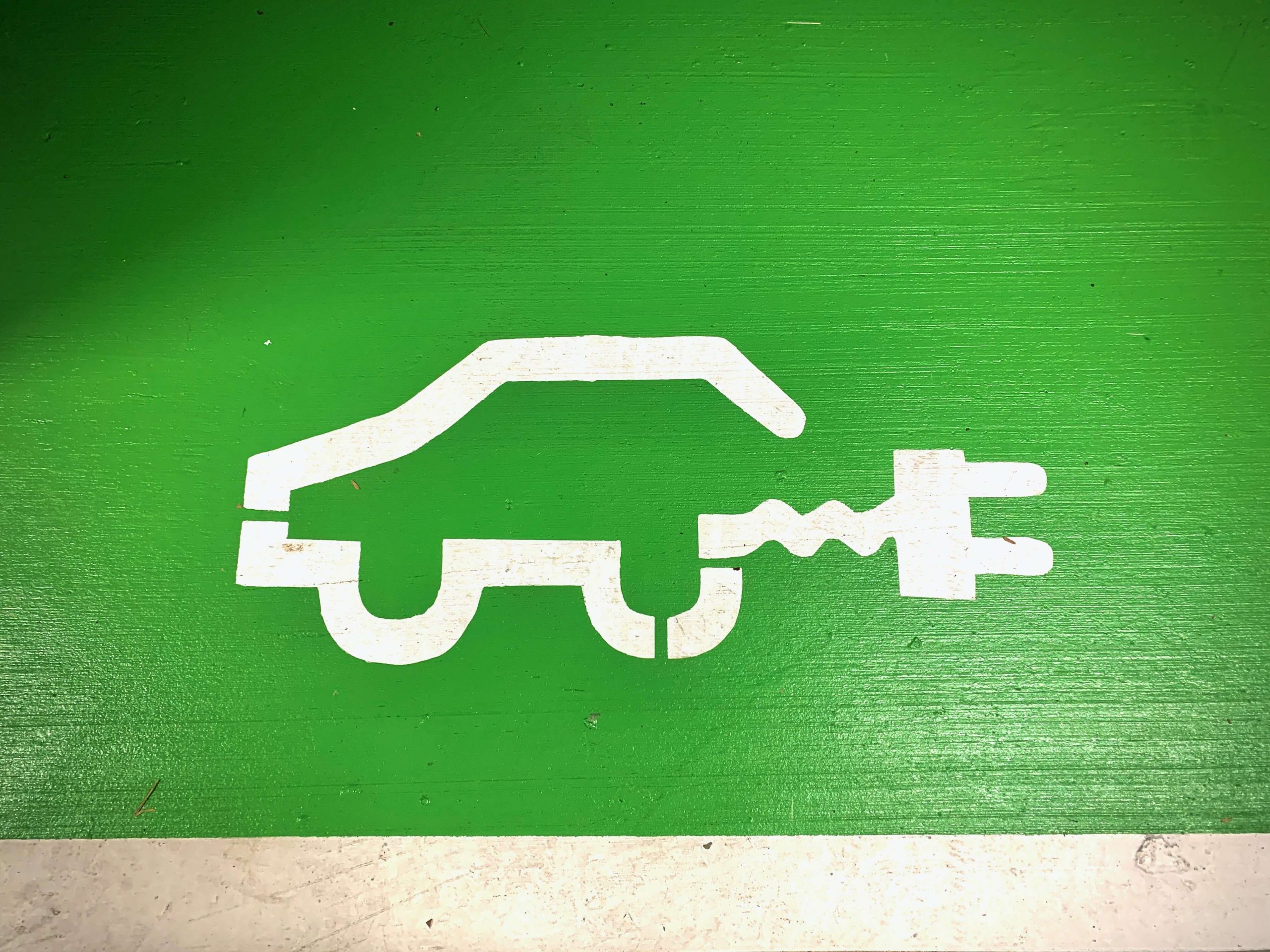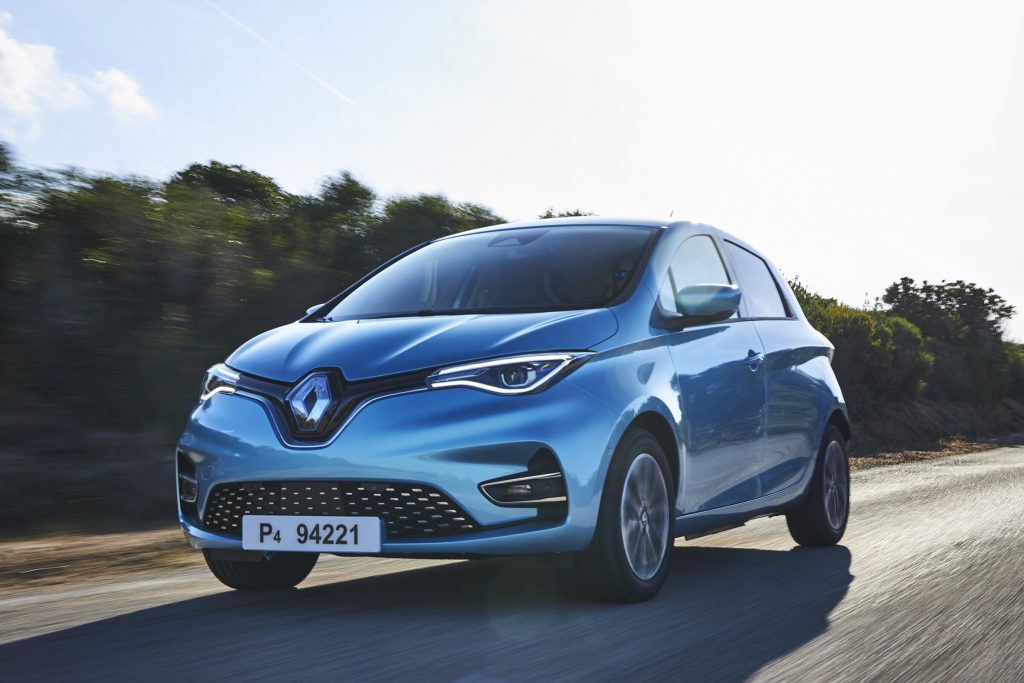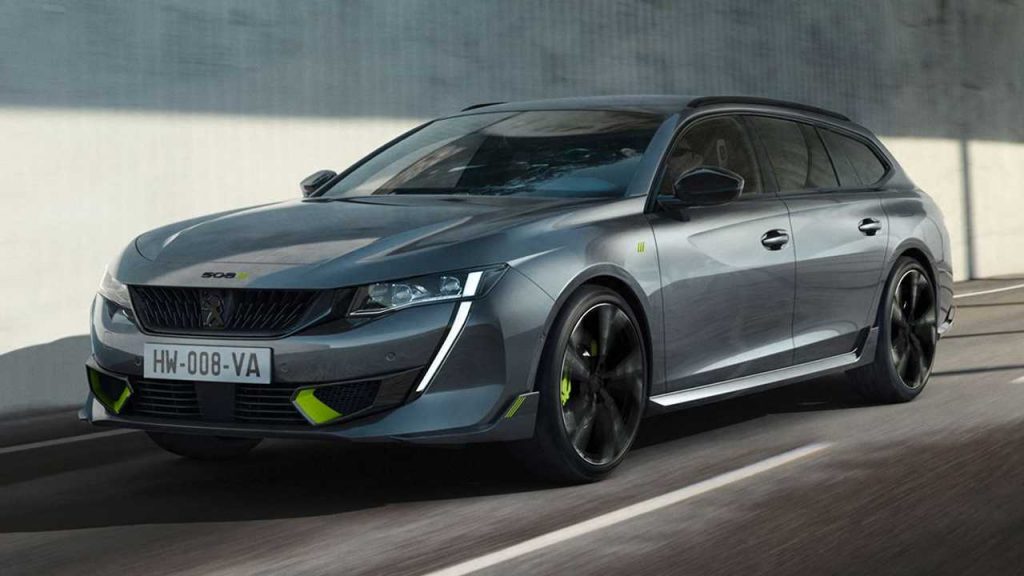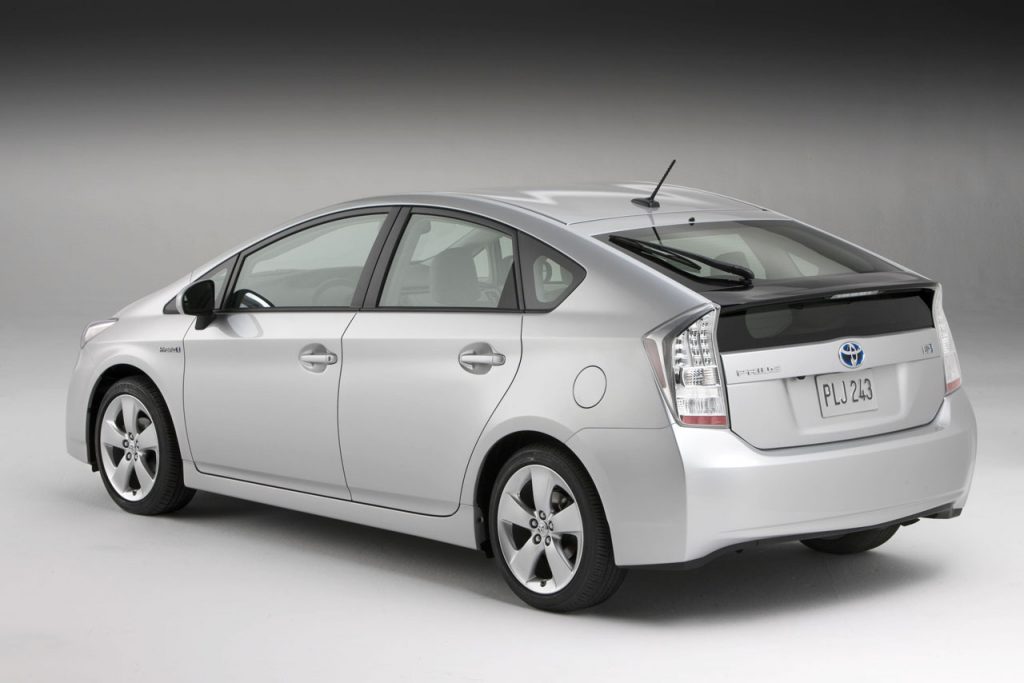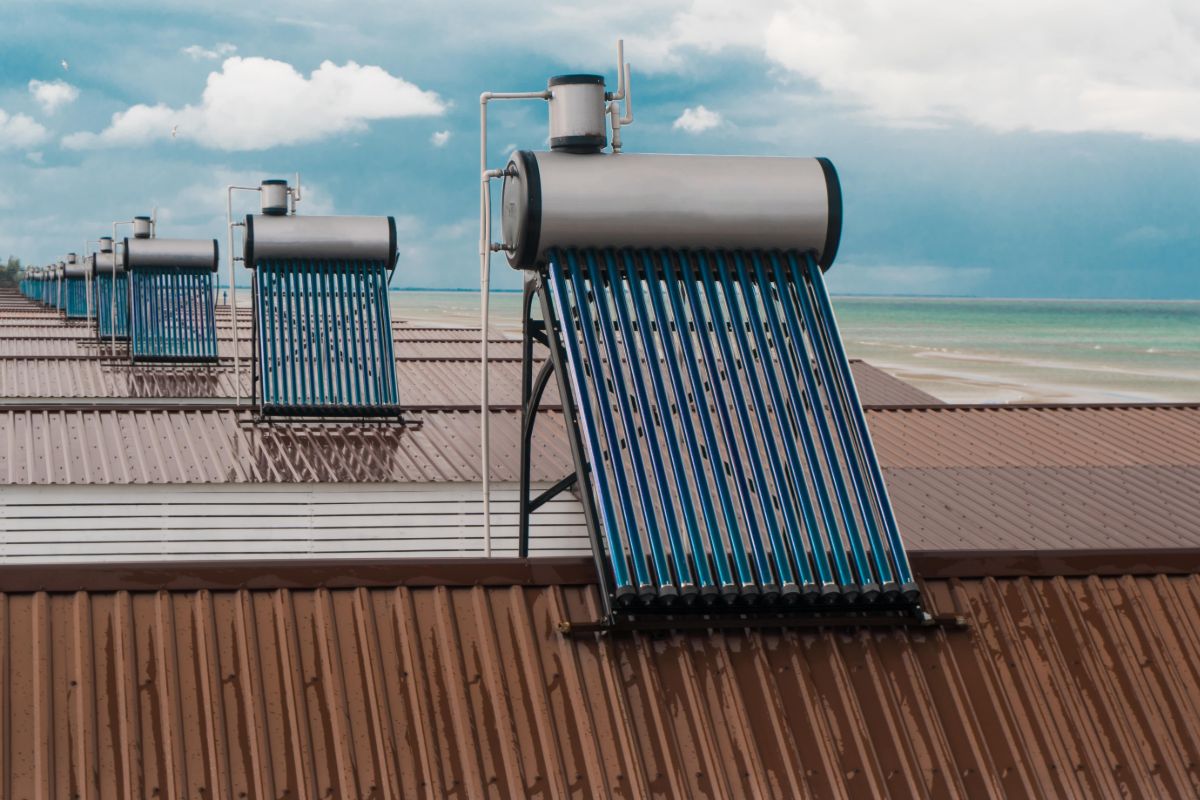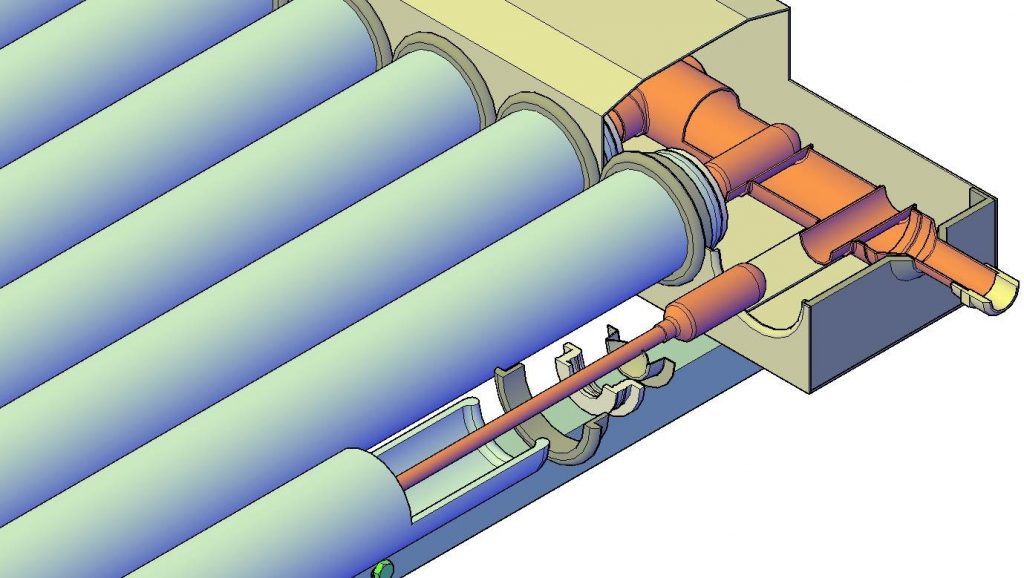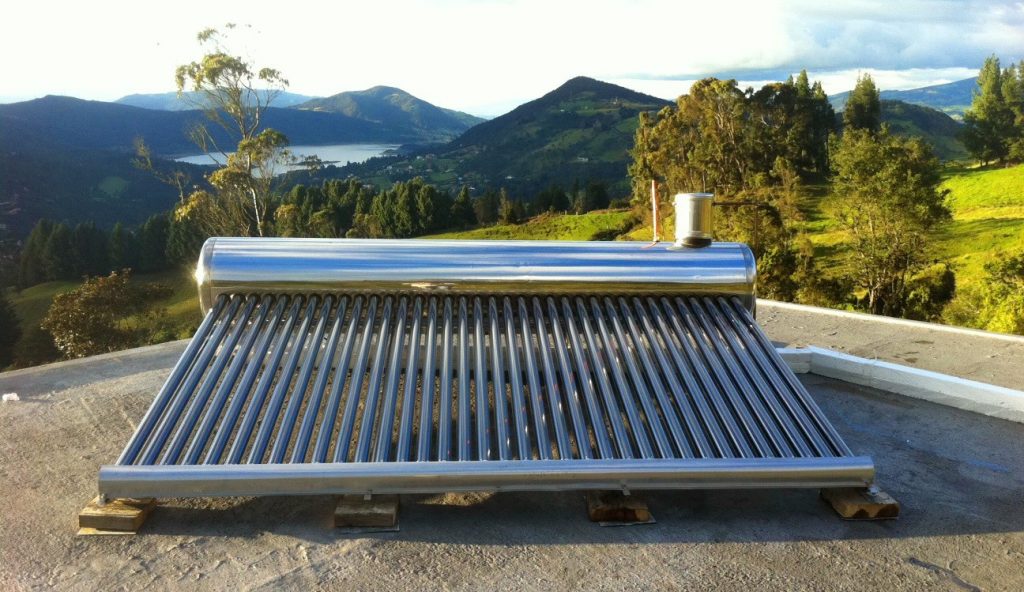Solar Energy Optimization: How to Determine the Right Number of Photovoltaic Panels for Your Specific Needs in the Casa Verde 2023 Program
ENSYS, the market leader in renewable energy solutions, is here to help you navigate through the Casa Verde Program 2023. This program, which boosted the use of solar energy in Romania, continues to offer excellent opportunities for those who want to make the transition to clean energy.
An essential aspect in choosing a photovoltaic system is calculating the required number of panels. This calculation depends on several factors, including your energy consumption and the power of the photovoltaic panels. For example, a 3 kW photovoltaic system may produce enough energy for a small house, while a 10 kW system may be necessary for a larger home or a business.
Ensys study: Prosumers invest an average of 35,000 lei in solar systems
For example, let’s consider the LONGi LR5 410W photovoltaic panels with an efficiency of 21.5%, commonly used by ENSYS. These panels have a power degradation of less than 2% in the first year and 0.55% in years 2-25. Additionally, let’s assume that the panels are installed under ideal conditions, with a south-facing orientation and perfect tilt.
- A 3 kW photovoltaic system: This system would require approximately 8 410W LONGi LR5 panels. Under ideal conditions, such a system could produce an average of about 3,600 kWh per year.
- A 5 kW photovoltaic system: This system would require approximately 13 410W LONGi LR5 panels. Under ideal conditions, such a system could produce an average of about 6,000 kWh per year.
- An 8 kW photovoltaic system: This system would require approximately 20 410W LONGi LR5 panels. Under ideal conditions, such a system could produce an average of about 9,600 kWh per year.
- A 10 kW photovoltaic system: This system would require approximately 25 410W LONGi LR5 panels. Under ideal conditions, such a system could produce an average of about 12,000 kWh per year.
These values are estimates and may vary depending on several factors, including weather conditions, shading, geographic location, etc. For a more precise assessment of your specific needs, we encourage you to contact an ENSYS consultant by accessing the dedicated configurator – click here.
ENSYS is here to help you make these calculations and choose the right PV system for you. We offer technical, legal, design, approval, installation consultancy and maintenance. We are an authorized company in the Casa Verde Program and have extensive experience in the field of solar energy.
As for the cost of solar panels, it can vary depending on several factors, including the make and model of the panels, installation costs and any additional costs. To get an accurate cost estimate, we encourage you to contact ENSYS for a personalized offer.
In conclusion, choosing the right number of photovoltaic panels is essential to maximize the benefits of solar energy. With the help of ENSYS and the Casa Verde 2023 Program, you can make the transition to cleaner and more efficient energy. Don’t miss this opportunity – contact ENSYS today to start your journey to a greener future.
Finally, it is important to mention that ENSYS is an authorized company for the Casa Verde program, which means that you can benefit from financing for the installation of a photovoltaic system through this program. If you are interested in this option, we encourage you to contact ENSYS for more information.
